Books of the Year 2022
Kieran Pender
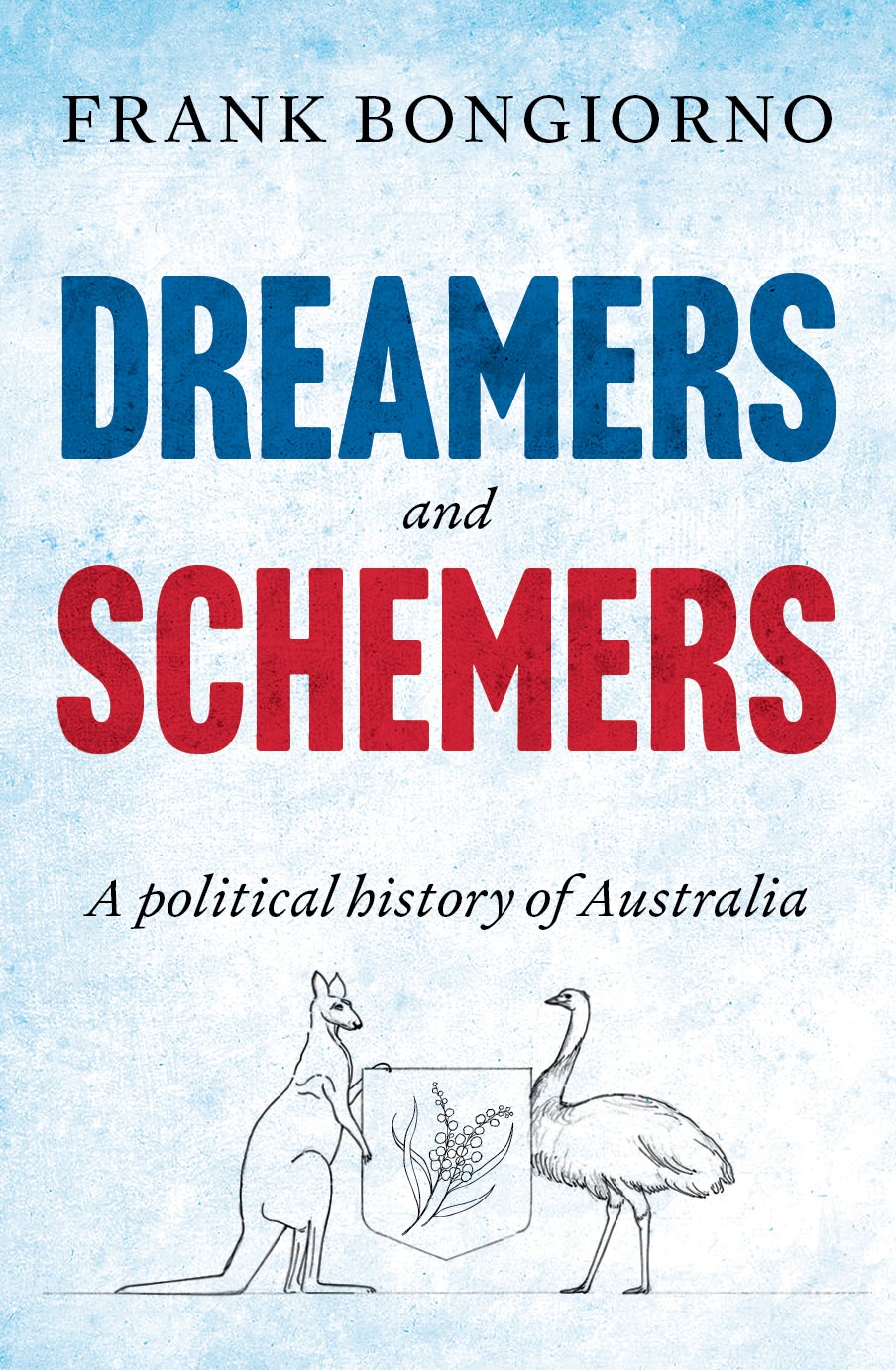 Dreamers and Schemers: A political history of Australia by Frank Bongiorno
Dreamers and Schemers: A political history of Australia by Frank Bongiorno
For progressive Australians, 2022 was a year of optimism. But in these turbulent times, there is much work to be done to translate that hope into concrete reform that makes Australia a better place. My book of the year, Ben Schneiders’ Hard Labour: Wage theft in the age of inequality (Scribe), was a powerful reminder of the inequalities at the heart of Australian society. Schneiders, an investigative journalist, has broken most of the major wage-theft stories in Australia over the past decade, revealing hundreds of billions in unpaid wages by major companies. Hard Labour, his book-length account of that reporting, explains the frailties in our industrial system that permit such widescale exploitation and offers suggestions for reform. Dreamers and Schemers: A political history of Australia (La Trobe University Press, reviewed in the November 2022 issue of ABR), by Frank Bongiorno, promises to become the definitive Australian political history. Essential summer reading.
Frances Wilson
 The Hyacinth Girl by Lyndall Gordon
The Hyacinth Girl by Lyndall Gordon
Two of the year’s strangest and most dazzling publications are by the bestselling children’s book author Katherine Rundell. Reading Super-Infinite: The transformations of John Donne (Faber) is like finding yourself plugged into the national electrical network, while in The Golden Mole and Other Living Treasure (Faber), Rundell’s bestiary of endangered creatures, we learn that ‘a pangolin’s tongue is longer than its body. It keeps it neatly furled in a pouch near the hip.’ In The Hyacinth Girl: T.S. Eliot’s hidden muse (Virago), Eliot scholar Lyndall Gordon reassesses the life of the poet in the light of the 1,200 letters to Emily Hale made available to the public in 2020. What emerges is a Jamesian tale of crossed wires, suppressed desire, and wasted time. Harrowing to read, The Hyacinth Girl was clearly also harrowing to write, which gives the book its lyrical and fragile quality.
Tony Birch
My book of the year is the short story collection How to Gut a Fish (Bloomsbury), a début collection by Irish writer Sheila Armstrong. With opening lines such as ‘The moon is always one second old’, each story is absorbing on every page. Peter Doyle’s Suburban Noir: Crime and mishap in 1950s and 1960s Sydney (NewSouth) extends his fascination with the relationship between the underbelly of Sydney and the photographic documentation of crime scenes. A must for crime buffs. Julie Gough is one of Australia’s most important artists. Her body of work, documented in Tense Past (Tebrikunna Press), interrogates colonial violence and the myths of terra nullius. It is a vital work in search of truth over lies. Camilla Grudova’s novel Children of Paradise (Atlantic) will appeal to readers who love movies and the seedy bughouses and picture palaces of the past. It is disturbing, off-centre, and beautiful.
Sarah Holland-Batt
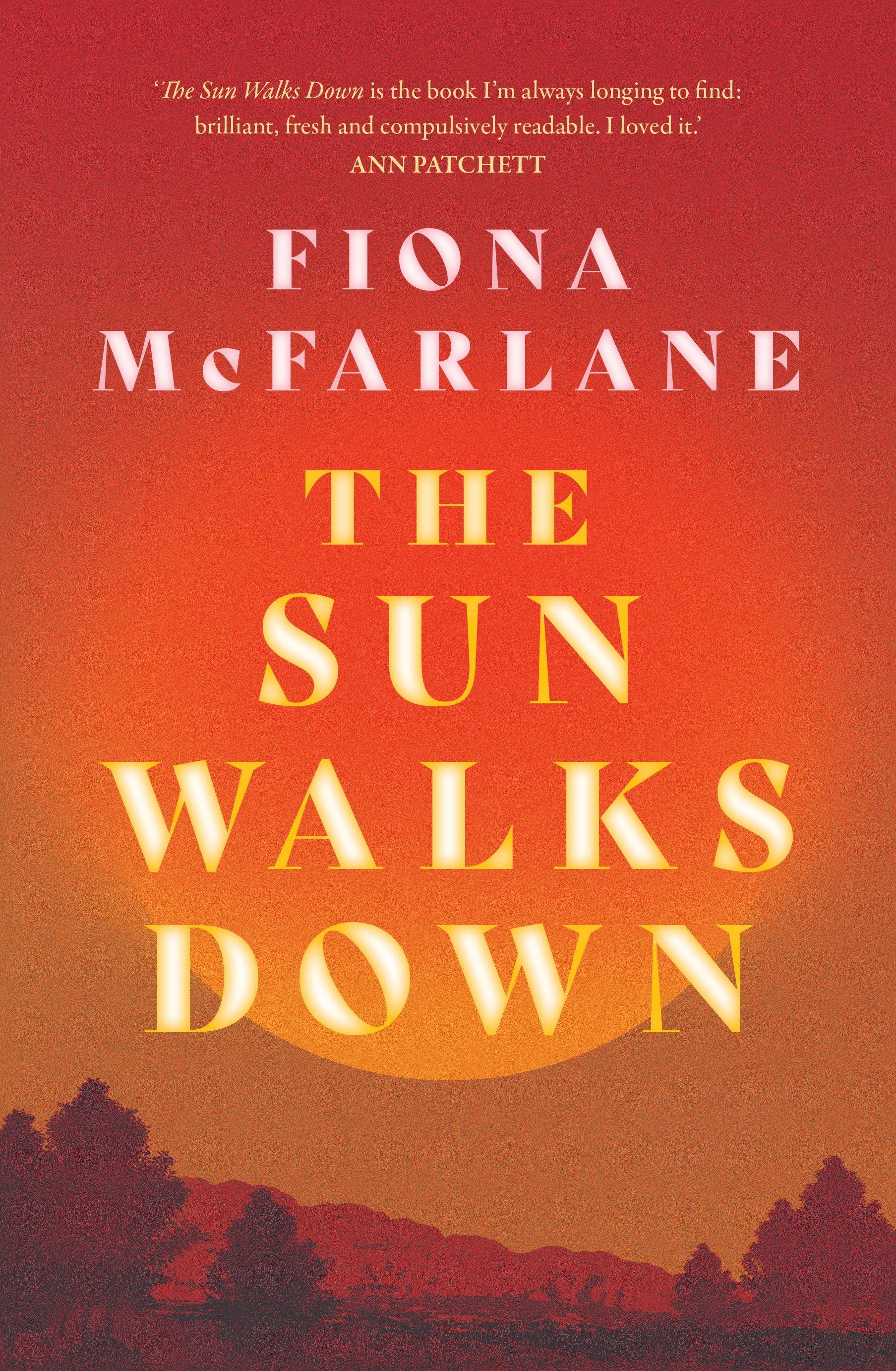 The Sun Walks Down by Fiona McFarlane
The Sun Walks Down by Fiona McFarlane
Fiona McFarlane’s The Sun Walks Down (Allen & Unwin, 12/22) is an ambitious and magnificent accomplishment, and a likely classic in the making. Set in the South Australian outback in 1883, its action refracts around the search for a missing six-year-old boy, Denny Wallace, lost in the bush after a dust storm. McFarlane’s polyphonous approach takes in the lives and voices of all who fall within the search radius: police, Indigenous trackers, landowners, cameleers, a schoolteacher, a priest, women, children, and a pair of artists who capture, contemporaneously, the awe and terror of the bush and its monstrous sunsets. Oscillating between the real and the surreal, the known and the imagined, McFarlane’s prose is dreamlike and sharply unsettling. Her sentences cleave through the landscape and the lives of her characters with ferocious accuracy, tenderness, and ambivalence, reminding us that Australian history, and the idea of Australia itself, are always matters of perspective.
Clare Wright
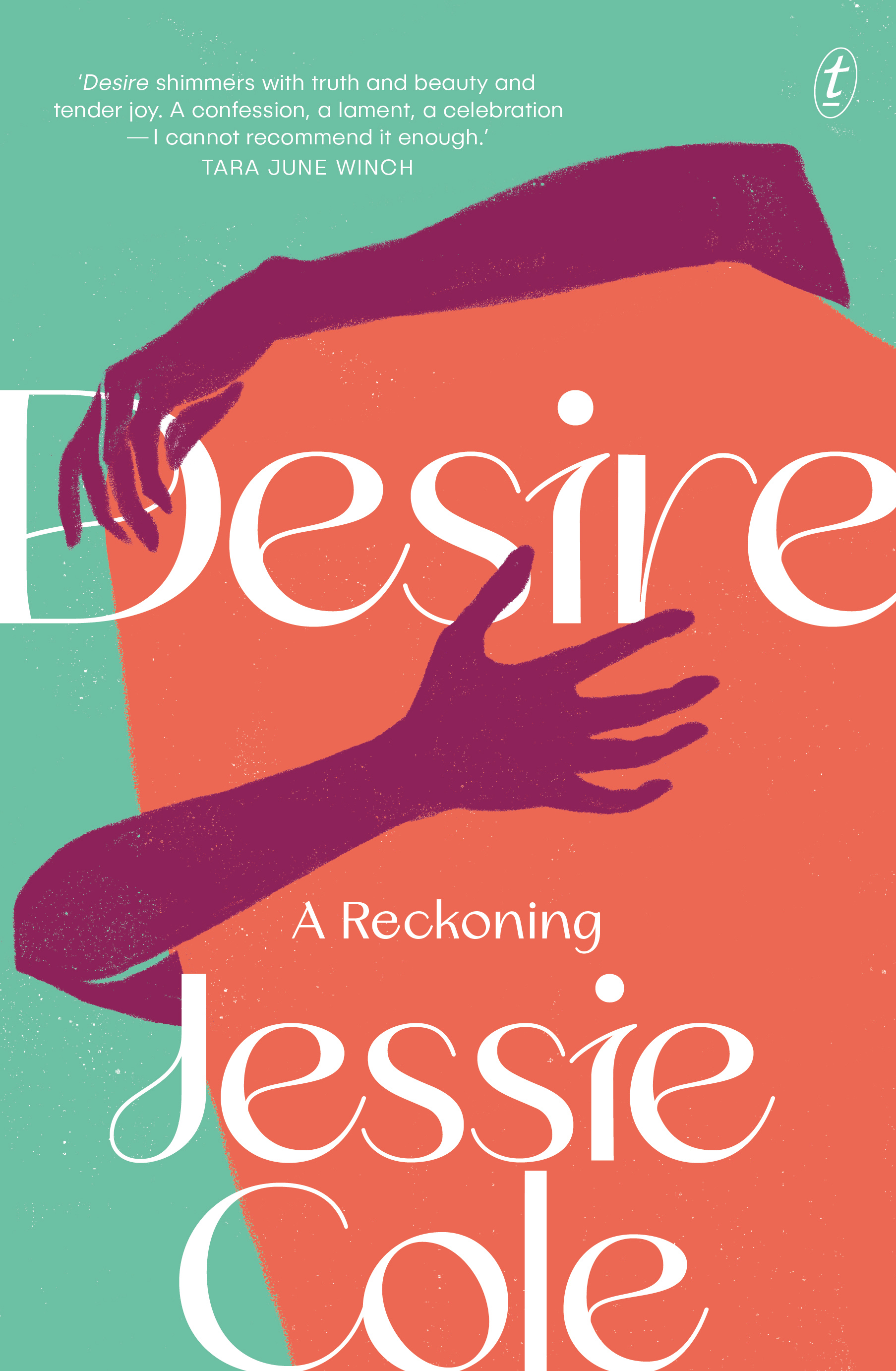 Desire: A reckoning by Jessie Cole
Desire: A reckoning by Jessie Cole
Some books you never want to end, so much do you love the characters. Some books never seem to end, no matter how much you want them to. And some books you rip through as if your life is going to end tomorrow. That’s how I felt about Jessie Cole’s remarkable memoir Desire: A reckoning (Text). I read it in one visceral session. Reckoning is the perfect subtitle: both a noun and a verb, an account and an action. This raw, pulsating, liquid-hot book is written in real time, as Cole evaluates and calculates the costs of her present affair with an older man. At the same time as her body twitches and her anxieties lurch, both onto her lover and onto the page, Cole is forced to tally the price paid for living in a forest, on a flood plain, in the age of anthropogenic climate change. The feelings are big, the ideas are big, the effect is lush and generous and unsparing.
Peter Rose
If 2021 was the year of Damon Galgut, this year it was Elizabeth Strout. We even had two new Lucy Barton novels: Oh William! and Lucy by the Sea (both Viking). Strout seems like a new kind of Jane Austen: so dry and luminous, with a matchless imaginative fecundity. The extraordinary cache of Emily Hale letters, finally available, will change our sense of T.S. Eliot forever. In The Hyacinth Girl, Lyndall Gordon writes with her wonted acuity. Closer to home, Shannon Burns’s unflinching memoir of an abusive upbringing – Childhood (Text, 10/22) – elevates an often lazy and indulgent genre. Clinton Fernandes’s revelatory book Subimperial Power: Australia in the international arena (MUP, 12/22) reminds us that Australia’s reflexive bellicosity is not just attributable to our naïve colonial craving for recognition, but also to our willing enmeshment in US capital and diplomacy.
Tom Griffiths
 Emperors in Lilliput: Clem Christesen of Meanjin and Stephen Murray-Smith of Overland by Jim Davidson
Emperors in Lilliput: Clem Christesen of Meanjin and Stephen Murray-Smith of Overland by Jim Davidson
Kylie Moore-Gilbert’s vivid, harrowing memoir, The Uncaged Sky: My 804 days in an Iranian prison (Ultimo Press, 6/22), is essential reading as we follow the waves of street protests in Iran today. Written with gripping immediacy, it is informed by forgiveness: her departure from Iran is ‘both a homecoming and an exile’. Jim Davidson’s Emperors in Lilliput: Clem Christesen of Meanjin and Stephen Murray-Smith of Overland (Miegunyah, 10/22) is an elegant double portrait and an incisive study of the making of national culture. In Bedtime Story (Scribner, 5/22), Chloe Hooper tenderly explores children’s literature for stories that might help her children understand family illness and the spectre of death. Don’t miss Sam Vincent’s funny and smart My Father and Other Animals: How I took on the family farm (Black Inc.), which reveals the revolution in Australian farming. And Australian Deserts: Ecology and landscapes (CSIRO, 5/22) by Steve Morton, with photographs by Mike Gillam, is destined to be a classic of scientific nature writing.
Beejay Silcox
Her title is preposterous – The Earth, Thy Great Exchequer, Ready Lies (Swift Press) – but I defy you to read the first page of Jo Lloyd’s short story collection and not marvel. There’s an antiquated magic in her prose. A man drowns and his bones are watched by the ‘untalkative actuaries of the deep’. Sorcery! I was also bewitched by Yiyun Li’s The Book of Goose (Fourth Estate), an ink-hearted fable of a literary hoax and its lifelong repercussions. It’s the kind of novel that makes you ravenous. After I read it, I sought out everything Li had written. I wanted it all. And finally, the brilliant Aussie writer and critic Anwen Crawford has produced a zine about author income, Decorum Serves the Rich (available as a PDF on her website). It has never been harder for Australian writers to forge sustainable careers. Crawford pins the big, cruel, exploitative mess to the page. Essential reading.
Glyn Davis
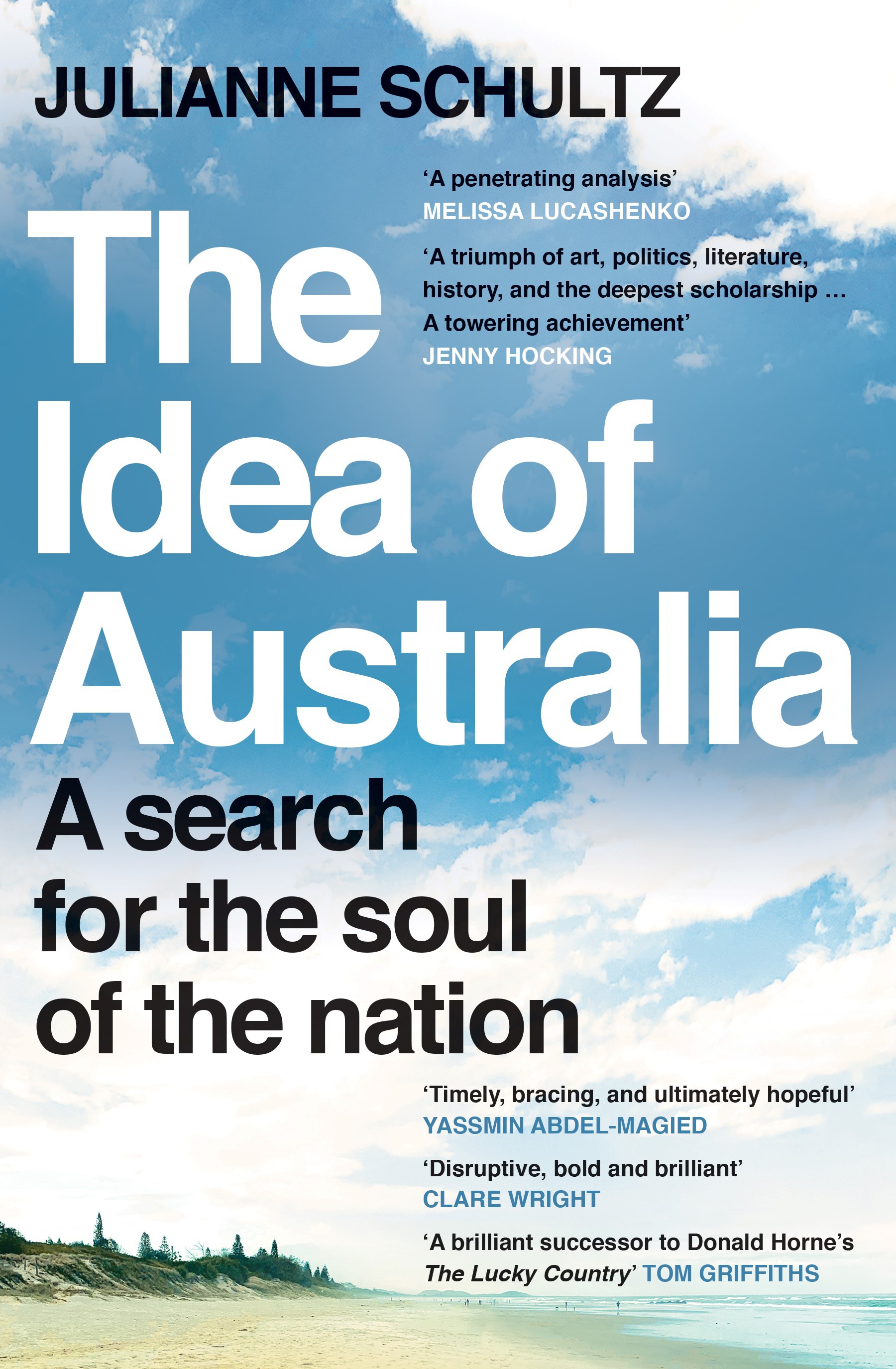 The Idea of Australia by Julianne Schultz
The Idea of Australia by Julianne Schultz
Jessica Au’s Cold Enough for Snow (Giramondo) has attracted much attention this year: wonderfully controlled prose, depth beneath apparently simple observations, strange absences. A fabric provokes a reflection on people who can look at the world – leaves, trees, rivers, grass – see its patterns, and express these in cloth. Mark Considine brings together years of detailed research into contracting out public services in the brilliant The Careless State: Reforming Australia’s social services (MUP), a book which looks back over recent administrative history with evidence and precision. Julianne Schultz, too, has drawn together sustained reflection in The Idea of Australia: A search for the soul of the nation (Allen & Unwin, 10/22). She traces contending visions of the country and offers her own aspiration for fairness and engagement. Meanwhile, in Eliot After ‘The Wasteland’ (Farrar, Straus & Giroux), we get a picture of the young poet already old, living like the rest of the world with the implications of his masterwork. T.S. Eliot did not welcome discussion of his personal life, but Robert Crawford has shown us why the biography and the work are closely intertwined.
Yves Rees
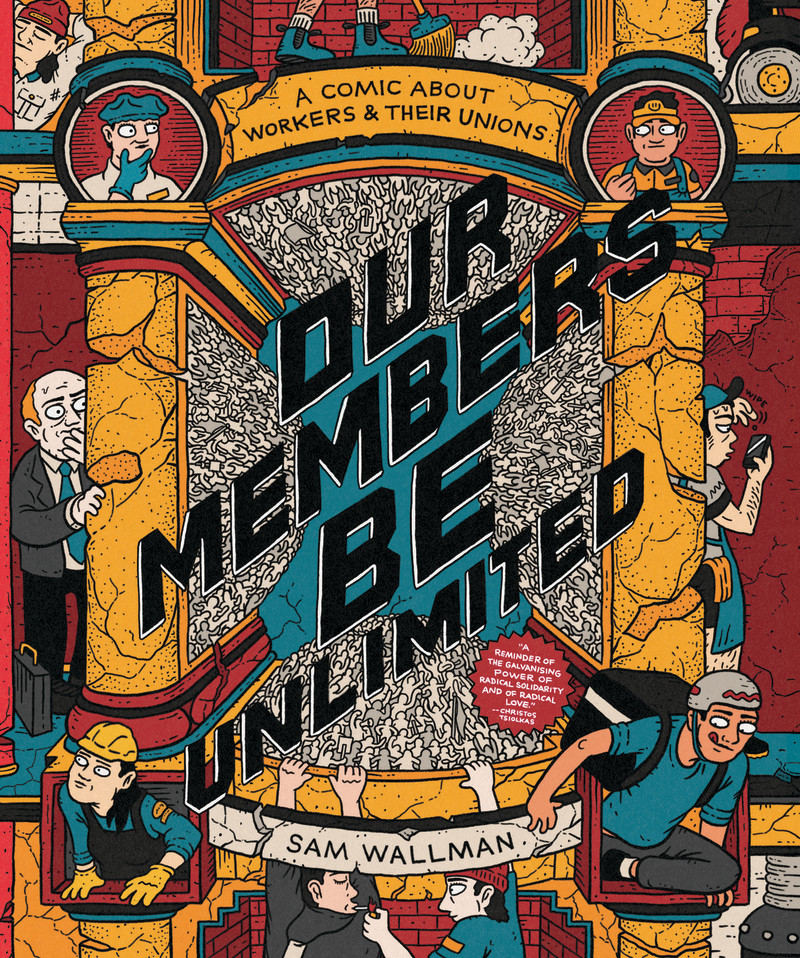 Our Members Be Unlimited by Sam Wallman
Our Members Be Unlimited by Sam Wallman
It’s been a good year for débuts. Shannon Burns’s memoir Childhood is a surgical account of youthful trauma and literary redemption that will, I suspect, go on to be regarded as a classic. Burns writes class like no one else. Speaking of class, Sam Wallman’s Our Members Be Unlimited (Scribe, 6/22) is a visual and intellectual feast that tackles unionism’s past and present. It’s a rousing book that adds to an exciting wave of Australian graphic storytelling. Watch this space; there’s more to come in 2023. In terms of fiction, Cautionary Tales for Excitable Girls (Scribner, 10/22) blew my head off – in the best possible way. Anne Casey-Hardy creates little shards of stories that distil all the violence and mystery and drama of girlhood into a few scant pages. Then there’s Losing Face (UQP). George Haddad’s coming-of-age novel is my favourite so far to come out of Western Sydney. The protagonists, Elaine and Joey, are absolute charmers who still live rent-free in my head.
Yassmin Abdel-Magied
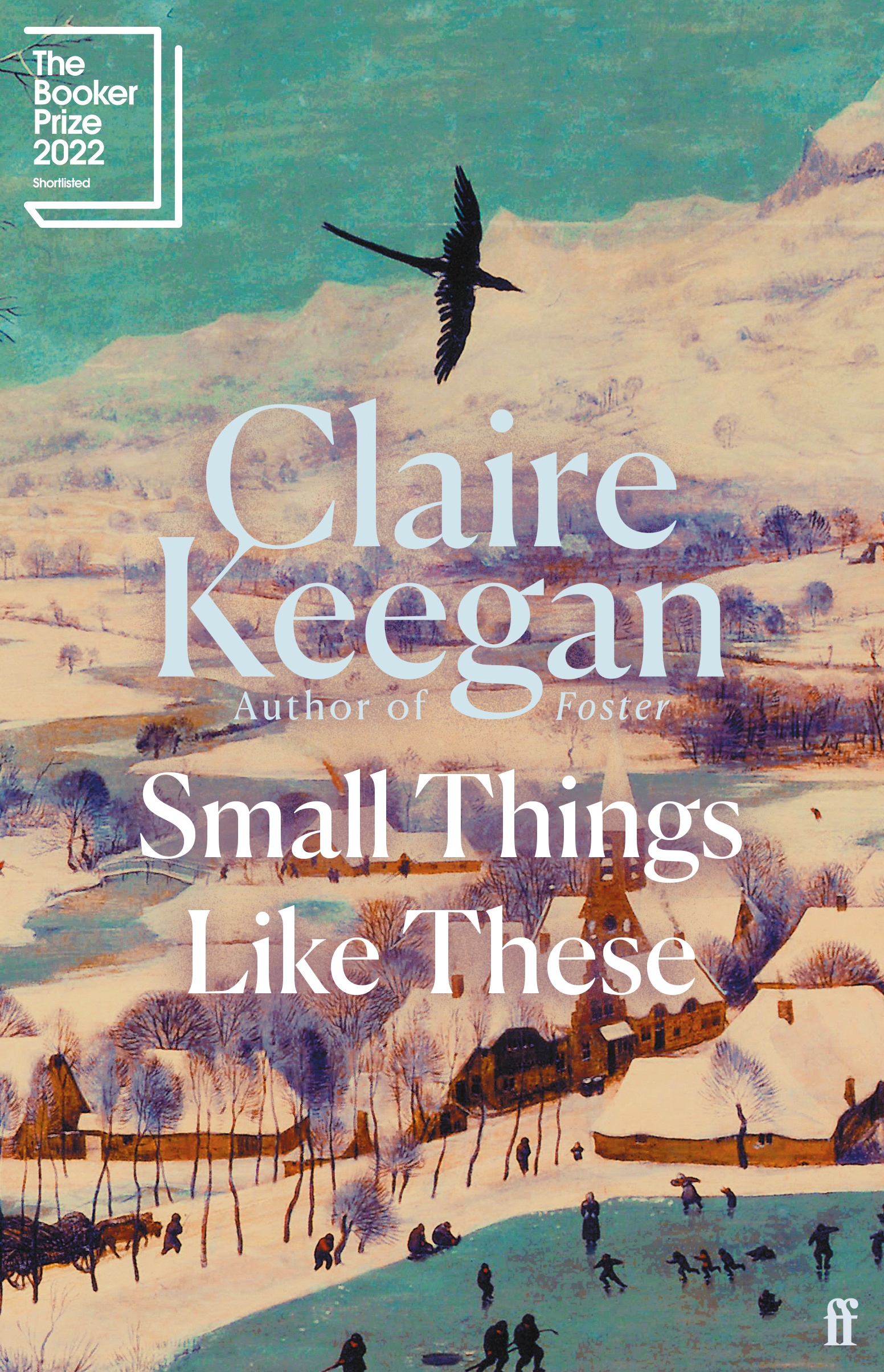 Small Things Like These by Claire Keegan
Small Things Like These by Claire Keegan
I spent 2022 revisiting classics of African literature, so it is fitting that Safia Elhilo’s Girls That Never Die (One World), a profound book of poetry, makes my list. The Sudanese American’s writing is intimate and haunting, throbbing with such vulnerability I found myself turning away from the pages to breathe. On the pains, shames, joys, and salvations of diaspora Sudanese Muslim women today, Elhilo is unmatched (in English, at least). On the other side of the world, another slim tome captured my heart; Booker-shortlisted Small Things Like These by Claire Keegan (Faber). Keegan is a master of the short novel form, the elegant simplicity of her prose lending a fable-like quality to her work. A fictional tale based on the true stories of Ireland’s Magdalen laundries, Small Things Like These is a moral tale asking the timeless question: what would you do, in the face of injustice?
Judith Brett
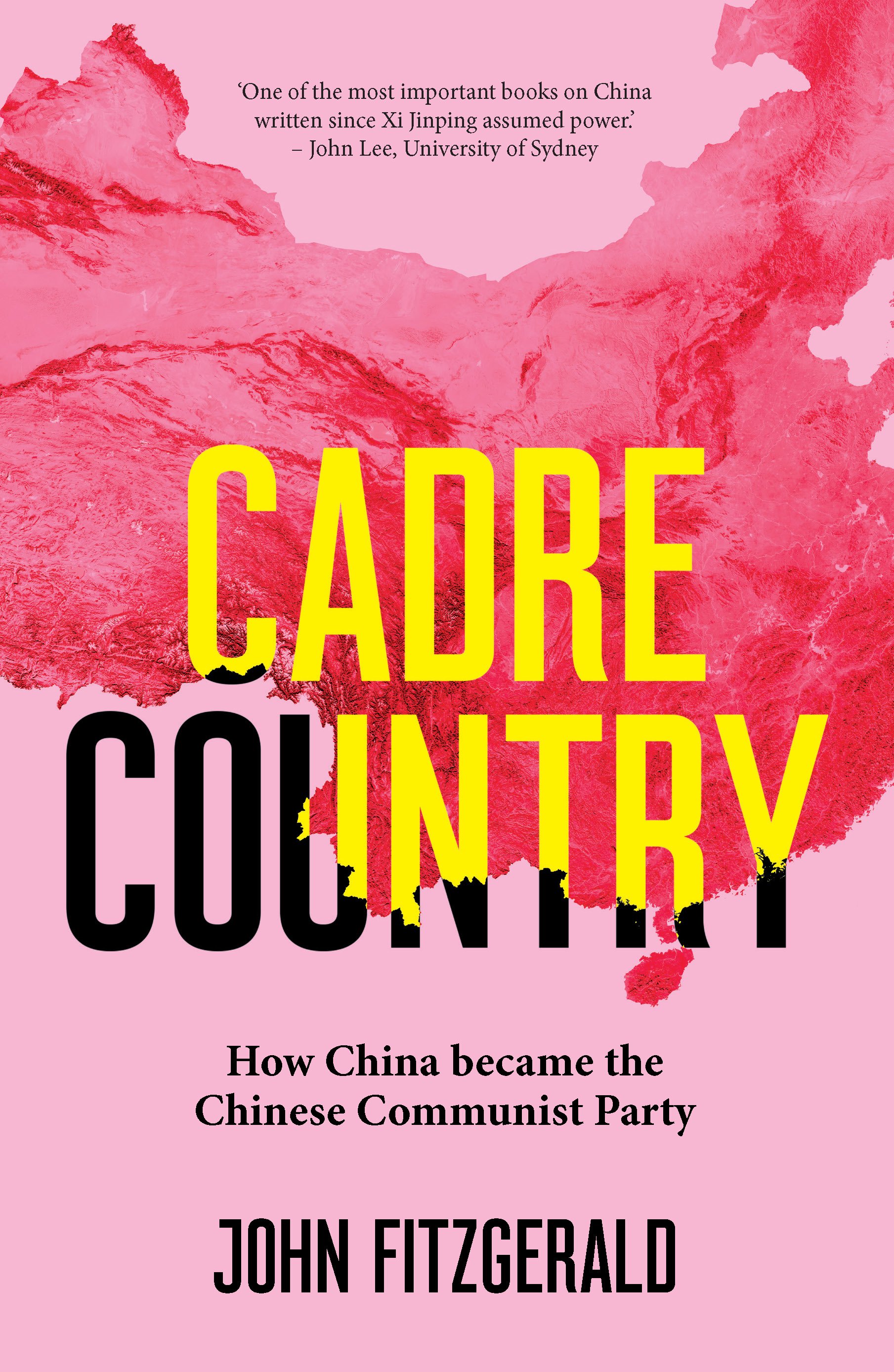 Cadre Country: How China became the Chinese Communist Party by John Fitzgerald
Cadre Country: How China became the Chinese Communist Party by John Fitzgerald
Telling Tennant’s Story: The strange career of the great Australian silence by Dean Ashenden (Black Inc., 5/22) was riveting. Revisiting the frontier Northern Territory town he grew up in in the 1950s as the son of a school teacher, Ashenden uses the history of Tennant Creek to understand the great Australian silence about Indigenous dispossession and resistance and its gradual, still incomplete, dismantling. John Fitzgerald’s Cadre Country: How China became the Chinese Communist Party (UNSW Press) is an illuminating account of the merging of nationalism and communism in contemporary China under the rule of the cadres and the relegation of the common people to outsiders with no right to participate in public life. It taught me a lot. And as a one-time editor of Meanjin, I enjoyed Jim Davidson’s witty, meticulously researched dual biography of Clem Christesen and Stephen Murray-Smith, editors of Meanjin and Overland respectively: Emperors in Lilliput.
Diane Stubbings
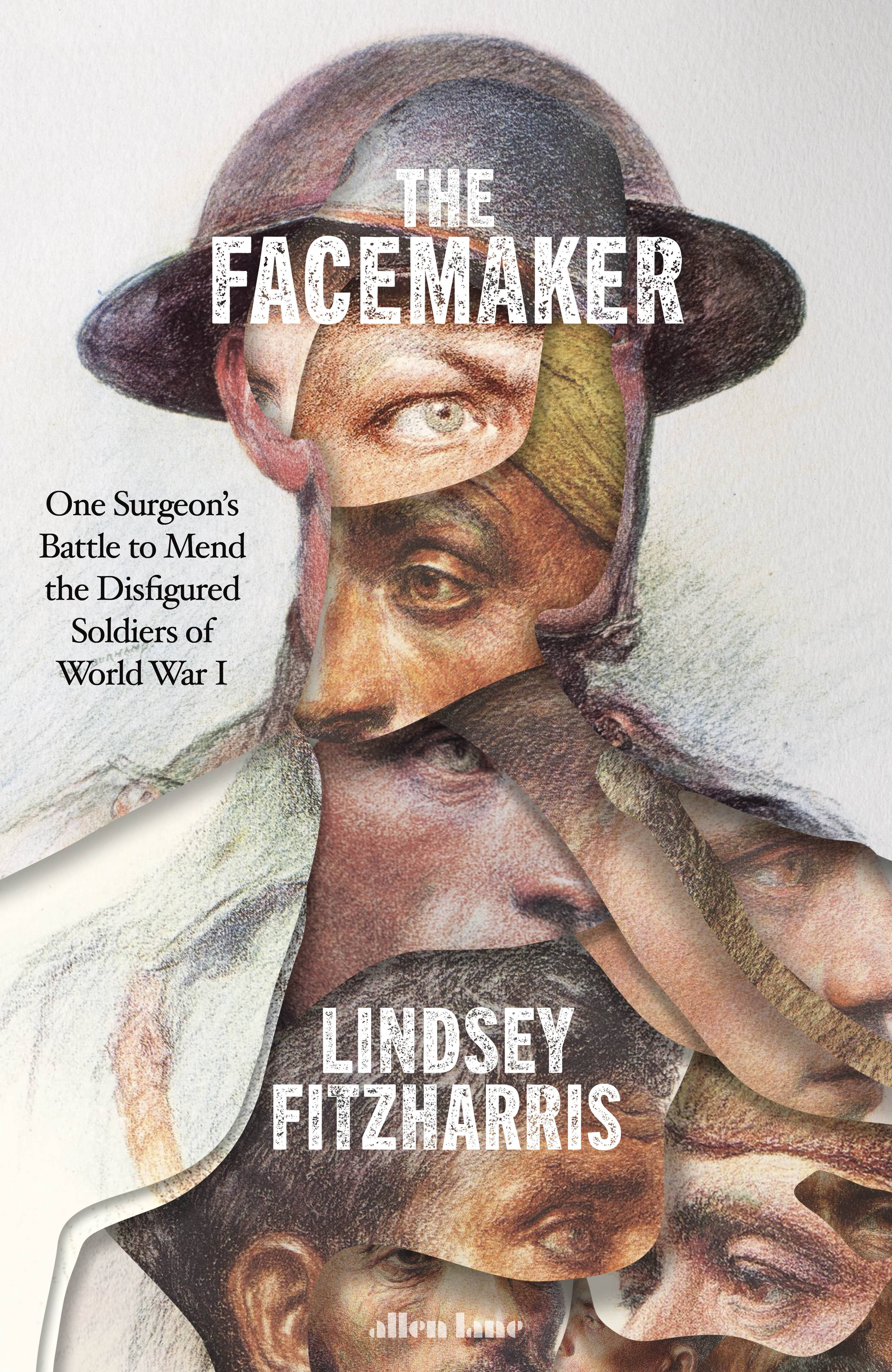 The Facemaker: One surgeon's battle to mend the disfigured soldiers of World War I by Lindsey Fitzharris
The Facemaker: One surgeon's battle to mend the disfigured soldiers of World War I by Lindsey Fitzharris
In Breathless: The scientific race to defeat a deadly virus (Bodley Head), science writer David Quammen offers a comprehensive and lucid account of the impact and origins of Covid-19. Breathless reads like a thriller, one that illuminates the science behind the pandemic and offers salient warnings that the next pandemic is already brewing. Lindsey Fitzharris’s The Facemaker: One surgeon’s battle to mend the disfigured soldiers of World War I (Allen Lane, 11/22) documents the work of ground-breaking British surgeon Harold Gillies. A man of great solicitude and tenacity, Gillies’ pioneering efforts reveal the struggle medical science faced – and continues to face – in keeping pace with the science of war. Two novels from Ireland left indelible impressions. Sara Baume’s Seven Steeples (Tramp Press) is a beautifully observed account of a young couple living in an isolated cottage, the rhythm of their lives synchronising with that of the natural world. And Claire Keegan’s Small Things Like These quietly yet forcefully demonstrates how the smallest acts of compassion can begin
to right the greatest wrongs.
Gideon Haigh
 The Twilight World by Werner Herzog
The Twilight World by Werner Herzog
Justin E.H. Smith’s The Internet Is Not What You Think It Is (Princeton University Press, 7/22) is not the book you think it is either. Rather than just offering another jeremiad about the baleful impact of social media, disinformation, etc. Smith traverses hundreds of years of thinking about knowledge and technology to explain the arc of techno-utopianism. The book is replete with startling facts, shimmering ideas, and great imaginative leaps, but written with a welcoming warmth. I was a little dismayed when I learned that Werner Herzog had novelised his fascination with Hiroo Onodan, the last Japanese soldier to surrender, twenty-nine years after World War II – the facts surely required no enrichment. But Herzog pulls it off in The Twilight World (Bodley Head): as Onoda melts into the jungle of Lubang Island in the Philippines to wage his one-man war, you feel like you might almost have followed his example yourself.
Jennifer Mills
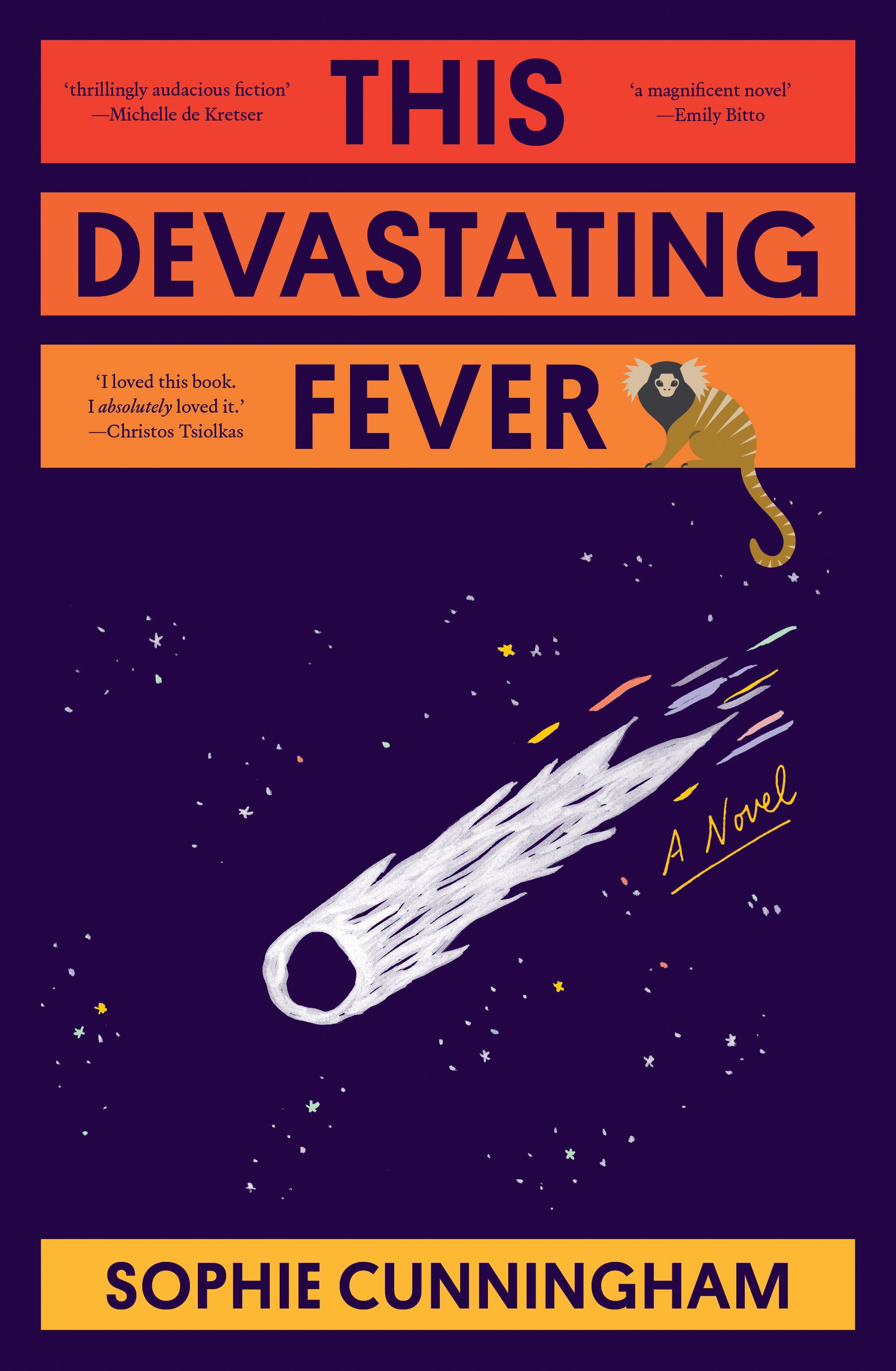 This Devastating Fever by Sophie Cunningham
This Devastating Fever by Sophie Cunningham
Sam Wallman’s Our Members Be Unlimited was a highlight of my reading year. Wallman’s knack for powerful images and his deep knowledge of union history ensure that every page holds inspiration, while his personal experiences and signature bent humour make it excellent fun. Unlimited Futures: Speculative, visionary Blak and Black fiction (Fremantle Press), edited by Rafeif Ismal and Ellen van Neerven, has kept me company all year in thinking about the role of speculative fiction, the power of the imagination, and how to make space for more intersectional conversations. I devoured Iris (Picador, 12/22), a compelling story of poverty, love, and defiance from Fiona Kelly McGregor. Like Sydney itself, Iris Webber is a complex character. McGregor brings them both to life; the voice transported me to the 1930s with all its sounds, smells, pains, and pleasures. Also irresistible was Sophie Cunningham’s work of post-pandemic autofiction, This Devastating Fever (Ultimo, 9/22) – a fearless text, delightfully unhinged.
Brenda Niall
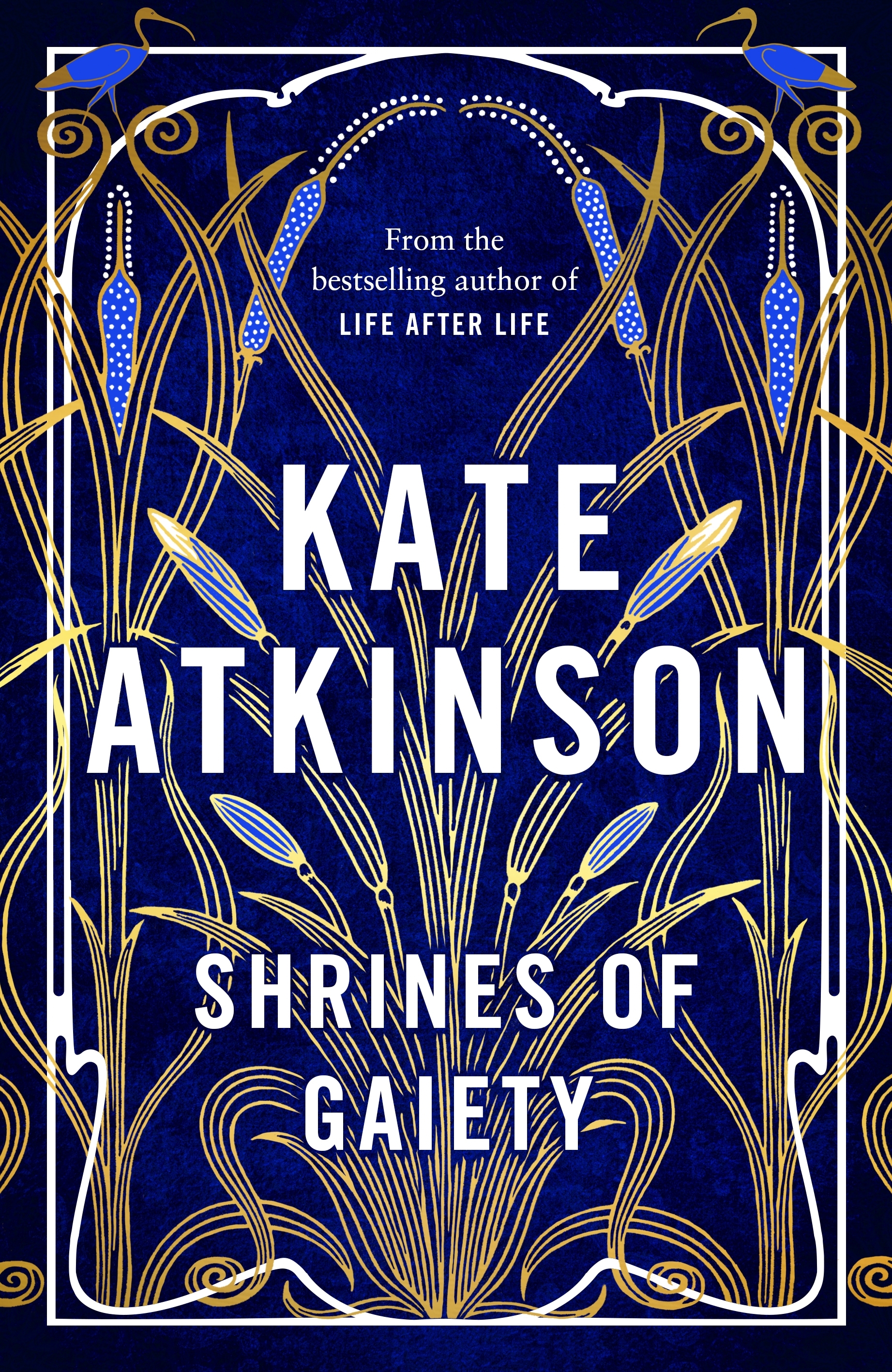 Shrines of Gaiety by Kate Atkinson
Shrines of Gaiety by Kate Atkinson
Set in 1980s Ireland, Claire Keegan’s novella Small Things Like These confronts the appalling history of the Magdalene laundries. But Keegan’s real subject is the silence of the small-town community, in which everyone knows the truth but no one says a word. Young unmarried mothers, whose babies have been taken from them, serve as forced labour in the laundries. While the community’s dirty linen is made sparkling white by their labours, the young women are kept in squalor, under lock and key. When church and state collude, can anyone speak out? Keegan finds an unlikely voice of dissent in this quietly devastating story of conformism, fear, and the abuse of power. For an unsettling blend of comedy and crime, look no further than Kate Atkinson’s Shrines of Gaiety (Doubleday). The unpredictable genre-bending author of Life after Life explores the nightclub world of 1920s London with her usual panache.
Judith Beveridge
 The Jaguar by Sarah Holland-Batt
The Jaguar by Sarah Holland-Batt
Another fruitful year for poetry. My favourites are Sarah Day’s Slack Tide (Pitt Street Poetry), a book of deep contemplation of the issues of our times: climate change, racism, the consolation of nature, and places under threat. Each poem is an attainment few can match, the poetry is superb at every level. Sarah Holland-Batt’s The Jaguar, (UQP, 6/22) is also marvellous for its poems of loss, lament, change, the effects of place, and the dynamics of memory, which are explored through dramatic and metaphorical ingenuity. The poems about her father’s illness are profoundly affecting. Anthony Lawrence and Audrey Molloy’s collaborative work Ordinary Time, (Pitt Street Poets, 12/22), is a remarkable confluence of imaginations that takes the reader into a hallucinatory search for self and home. The book is more than just the sum of alternating poems: it’s a poetic bond of unforgettable power.
Michael Hofmann
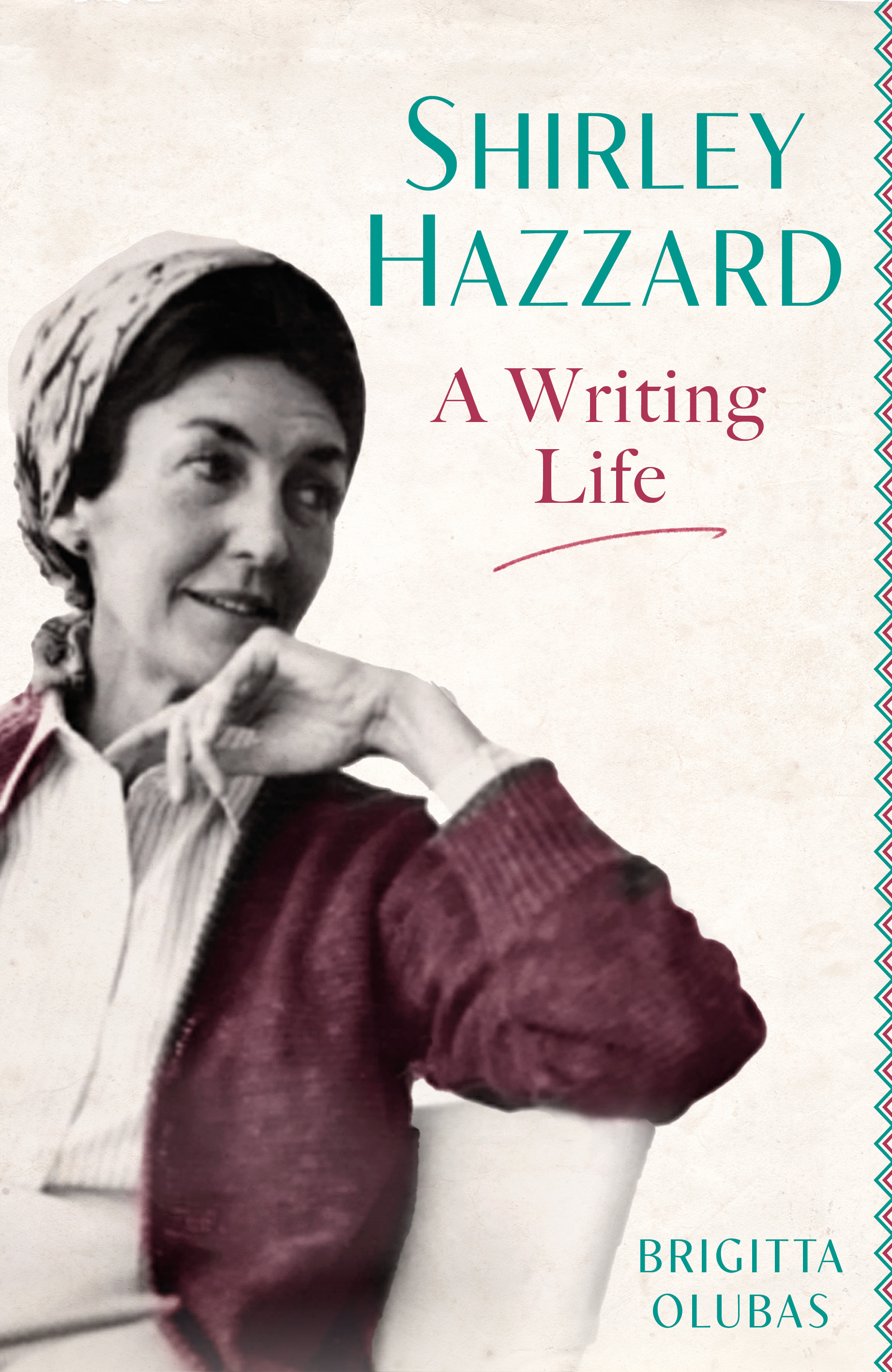 Shirley Hazzard: A writing life by Brigitta Olubas
Shirley Hazzard: A writing life by Brigitta Olubas
In these damnably interesting times, it gets harder to read. It’s like All Watergate All the Time. The world is running a vast attention deficit: everything and everyone demands ours, but we barely have it to give. I was surprised and grateful to be able to disappear into Brigitta Olubas’s entrancingly good Shirley Hazzard: A writing life (Virago). One thinks, maybe: time-dividing, happy expat, fortune’s pampered darling, poetry-quoting dweller in ivory towers (New York and Naples, New York and Tuscany, New York and Capri) – and she and the Flaubert scholar Francis Steegmuller did marry on the day of John Kennedy’s assassination – but there was plenty of futile engagement and distraction in that life, too. It’s hard to imagine more of a lost cause than the United Nations, and Hazzard tilted at it endlessly in letters to the press and speeches and articles. One of yours/one of ours/one of theirs? Whichever way, it’s time to adopt her: one of the more distinguished late twentieth-century novelists in English.
Mark Kenny
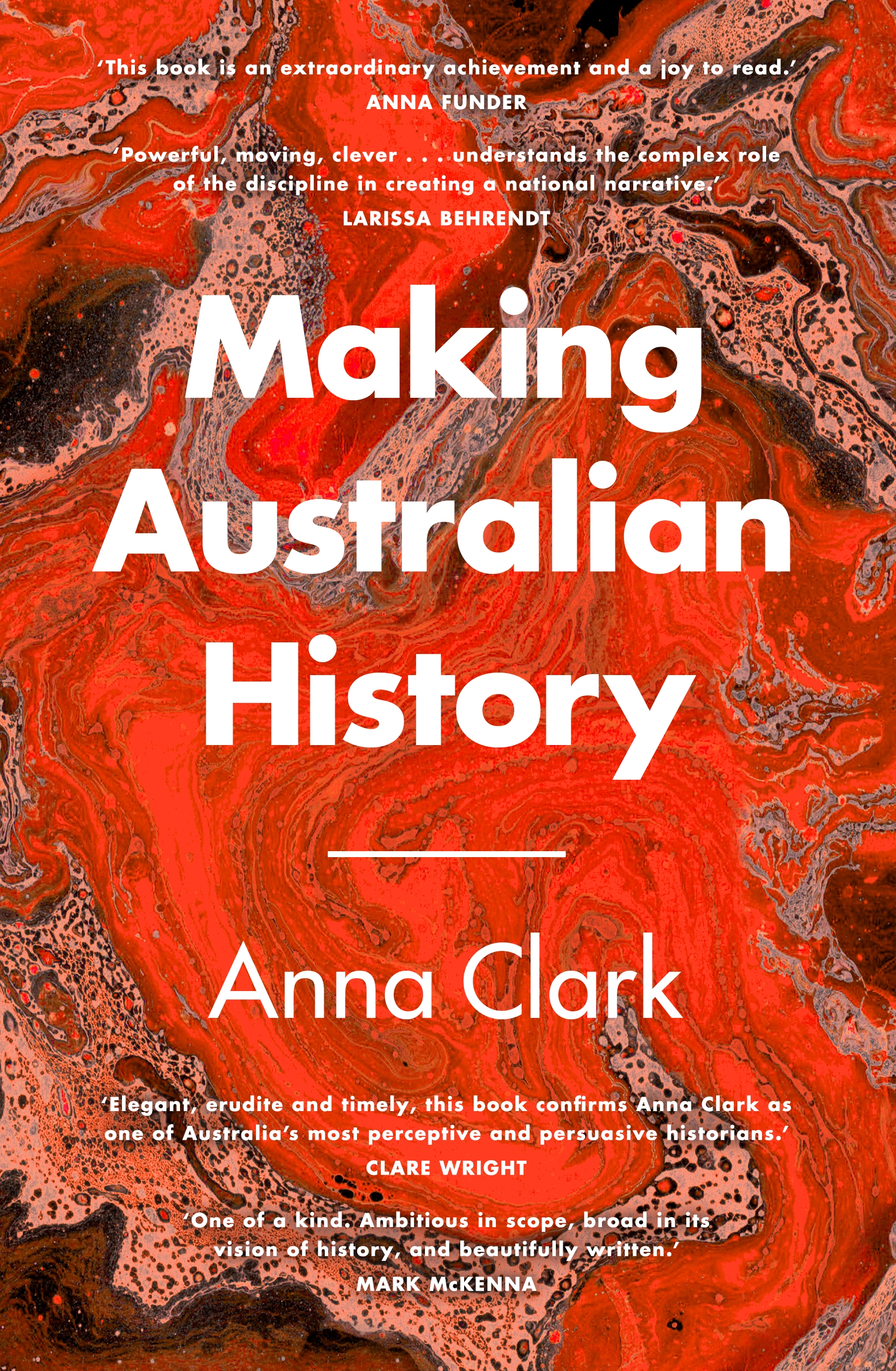 Making Australian History by Anna Clark
Making Australian History by Anna Clark
The first ‘Day of Mourning’ protest occurred in Sydney Harbour on 26 January 1938 at a First Fleet re-enactment. That took courage because, as historian Anna Clark notes, the First Nations protesters ‘weren’t just “making history” that day, they were also history-making’. That is, they were remembering invasion from an undocumented, yet thoroughly central, perspective. History may be written by the winners, but the structural exclusion of ‘others’ extends far beyond the primary accounts of armies and the contests of politics. Clark’s Making Australian History (Vintage, 3/22) reveals the weighted assumptions that have limited formalised history’s curiosity and disguised its pseudo-rigorous methods. It exposes a professional chauvinism in which official records – themselves implicated – prevailed while oral and visual accounts were routinely excluded, dismissed as subjective. Clark’s book heralds a historiographic awakening. By retooling notions such as Colour, Emotion, Distance, and Silence, she invites professional history’s moral and methodological rescue.
Sheila Fitzpatrick
 Putin: His life and times by Philip Short
Putin: His life and times by Philip Short
Philip Short’s Putin: His life and times (Bodley Head, 9/22) is my choice for anyone who wants to learn more about Ukraine’s invader, although the book was written before the war. Timothy Phillips’s The Curtain and the Wall: A modern journey along Europe’s Cold War border (Granta) describes a journey along old flashpoints and observation places on Russia’s western and southern borders, some of which are no doubt being recommissioned as I write. For an ethnographic-cum-geopolitical account of Russia’s long border to the east, see the terrific book by Franck Billé and Caroline Humphrey, On the Edge: Life along the Russia-China border (Harvard University Press).
John Kinsella
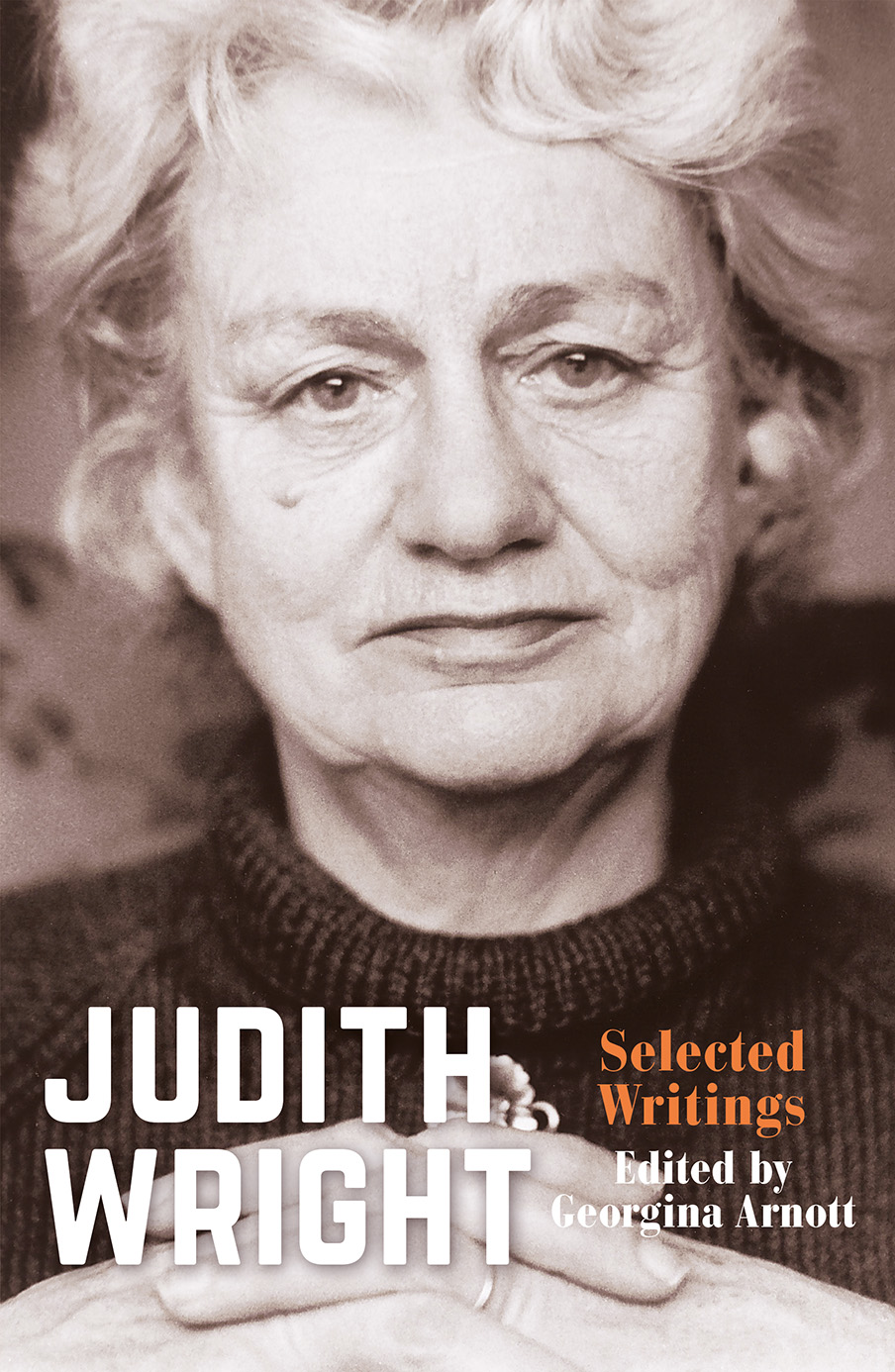 Judith Wright: Selected writings, edited by Georgina Arnott
Judith Wright: Selected writings, edited by Georgina Arnott
There’s Lionel Fogarty’s complex revolutionary love song, Harvest Lingo (Giramondo, 9/22) and Scott-Patrick Mitchell’s journey through inner-city Perth/Boorloo towards sobriety, Clean (Upswell). These very different works make radically generative use of language to challenge oppression and to enunciate modes of change. Georgina Arnott’s expertly introduced Judith Wright: Selected writings (La Trobe University Press, 5/22) is a powerful selection of the great environmental and rights activist poet’s non-fiction. From David Herd, the inviting and inclusive act of walk-speaking that is Walk Song (Shearsman), which belongs in the ambit of the brilliant Refugee Tales project, with its ‘local action’ and ‘act of welcome’: the political lyric that walks the page. And from the United States there’s the deep intoning of Allison Adelle Hedge Coke’s Look At This Blue (Coffee House Press), a confronting Californian ‘anti-ode’, with its interweaving of trauma, ecological crisis, and systemic colonial abuse. I have spent much time with Adam Aitken’s layered, anti-colonial Revenants (Giramondo, 6/22). Finally, a translation: Alison Croggon’s intense Rilke Duino Elegies (Newport Street Books, 7/22).
Brenda Walker
 Cold Enough for Snow by Jessica Au
Cold Enough for Snow by Jessica Au
Until I read Sophie Cunningham’s This Devastating Fever, I couldn’t have imagined a wildly funny novel about Leonard Woolf, filled with pitch-perfect Bloomsbury parody, writerly gloom, time travel, ordinary travel, mountainous footnotes, and ghosts. The narrator wanders through a world of impending climate collapse and literary rejection with fantastic determination and sharp intelligence, describing her manuscript as ‘How Proust Can Change Your Life but with Leonard Woolf and nihilism’. I haven’t been so moved and entertained by a book for a very long time. In Jessica Au’s Cold Enough for Snow, the narrator travels in Japan with her mother, who, in a famous church in Osaka, suggests that we ‘pass through it [life], like smoke through branches, suffering, until we either reached a state of nothingness, or else suffered elsewhere’. The daughter immediately deflects this, suggesting a quick departure. This is a wonderful, tense, and wise novel about limitation and intimacy.
Paul Giles
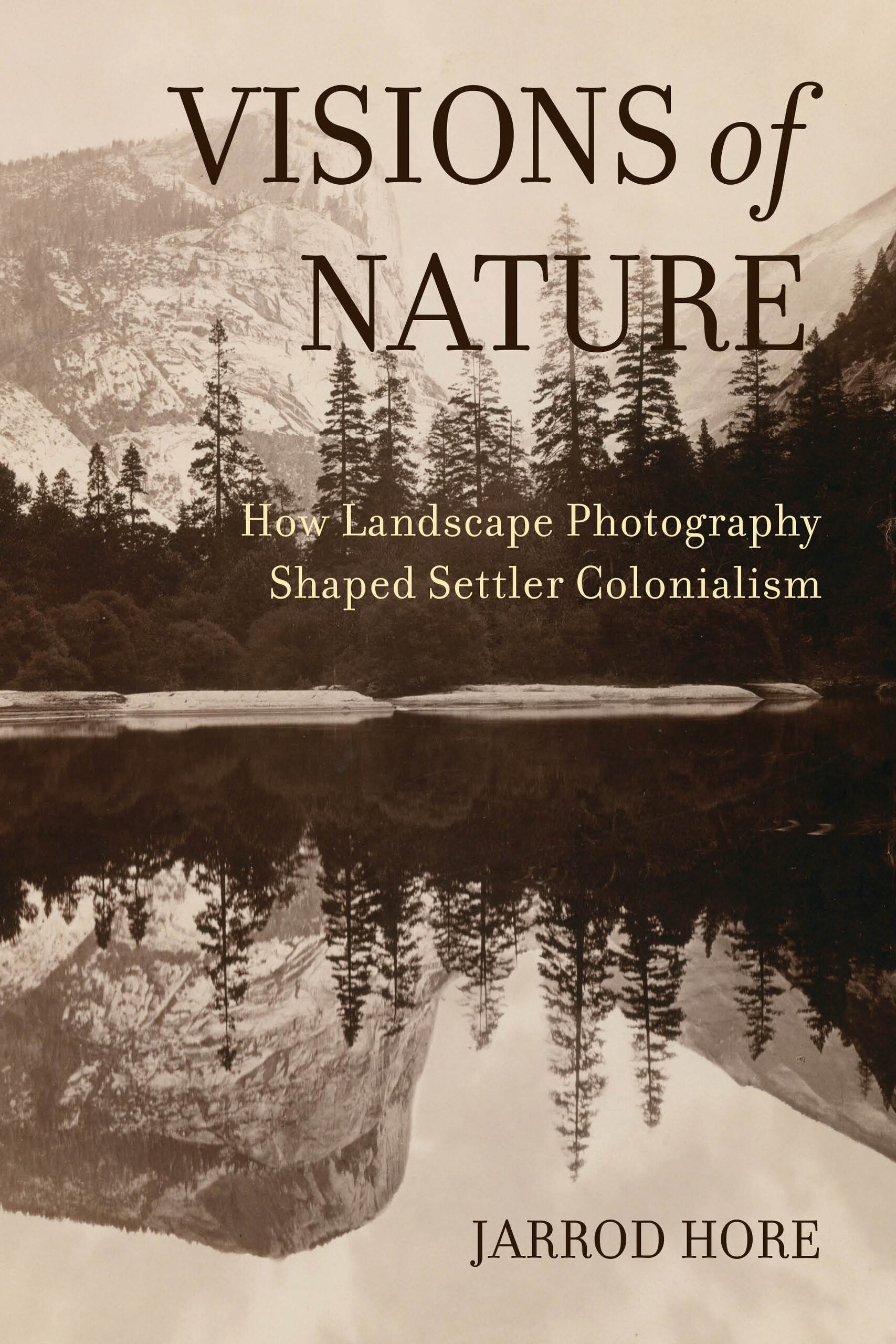 Visions of Nature: How landscape photography shaped settler colonialism by Jarrod Hore
Visions of Nature: How landscape photography shaped settler colonialism by Jarrod Hore
Les Murray’s posthumous collection Continuous Creation: Last poems (Black Inc.) was a major publishing event, one likely to grow in significance in future years as Murray’s importance becomes increasingly recognised. I also enjoyed novels by two old masters: Cormac McCarthy’s The Passenger (Picador), typically enigmatic but also darkly droll in its correlation of human society with mathematical equations, and Ian McEwan’s Lessons (Jonathan Cape, 10/22), a novel that probably tries to encompass too much but nevertheless reads the cultural history of the past sixty years with a scathingly intelligent, summative eye. Among academic works, Jarrod Hore’s Visions of Nature: How landscape photography shaped settler colonialism (University of California Press, 7/22), written by a history lecturer at UNSW, is a beautifully produced account from a comparative perspective of how nineteenth-century photographers in England, the United States, and ‘the Tasman world’ appropriated scenes of nature for complex artistic and political purposes.
Michael Winkler
The year’s most urgent reading for anyone who cares about Australia’s fragile literary culture was Anwen Crawford’s self-published zine Decorum Serves the Rich. Pitiful and powerful, it needs not just to be read but to be acted upon. I was bowled over by the writing in Ben Walter’s dense and gorgeous What Fear Was (Puncher & Wattmann, 7/22). Full of appearances and disappearances, environmental sadness and wonder, it is Tasmanian gothic and so much more. Oliver Mol’s hurtling collision with pain and creativity, Train Lord (Michael Joseph), won my heart. Mol has taken sustained suffering (a ten-month migraine) and transmuted it into art both intense and humble. The prose in Scottish newcomer Ryan O’Connor’s The Voids (Scribe) soars higher than the condemned Glasgow skyscraper in which his solitary protagonist lives, transcending the grungy, grinding plot with brutal lyricism.
Frank Bongiorno
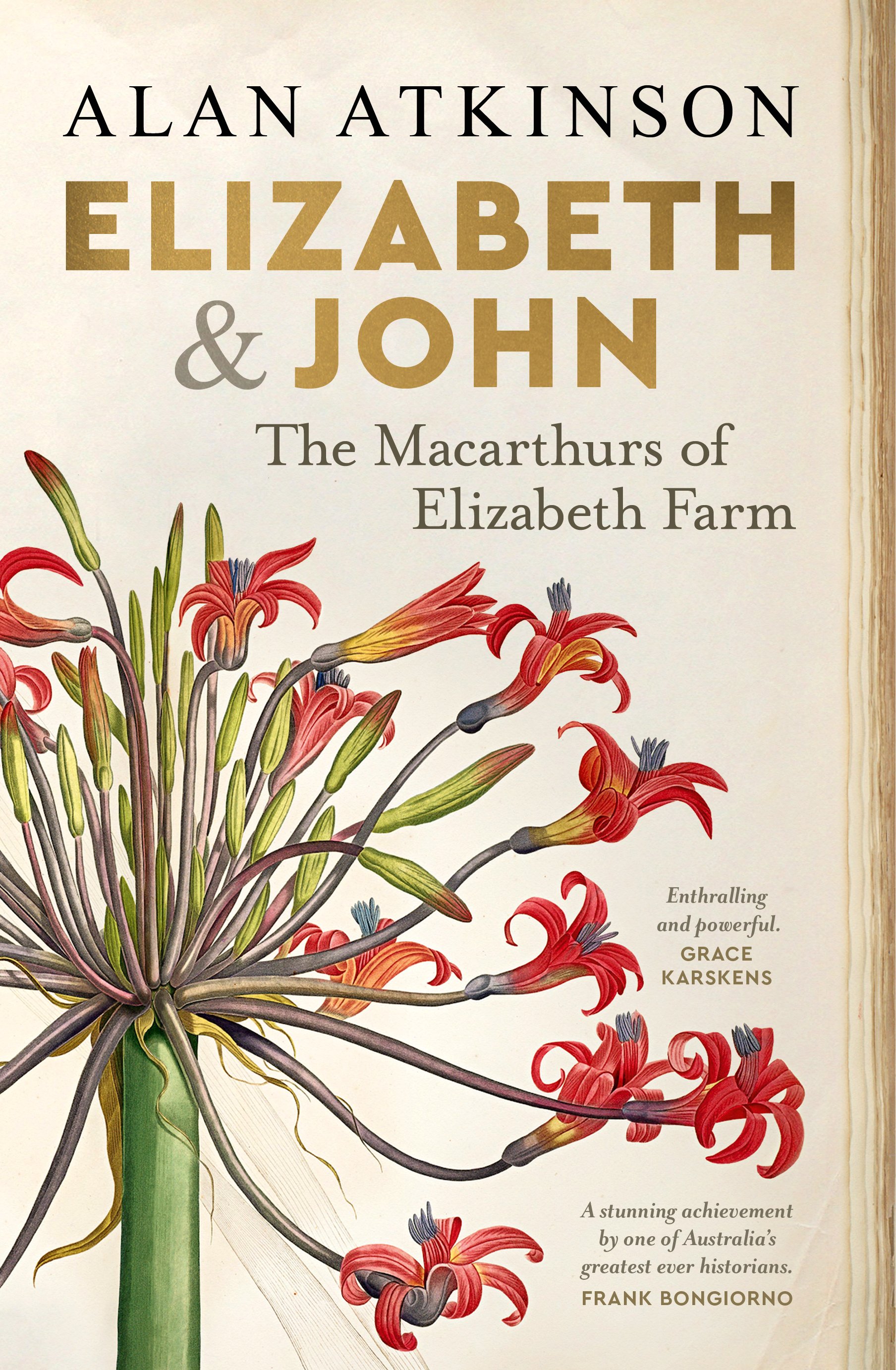 Elizabeth and John: The Macarthurs of Elizabeth Farm by Alan Atkinson
Elizabeth and John: The Macarthurs of Elizabeth Farm by Alan Atkinson
The history-fiction contact zone was well represented. Chris Womersley’s The Diplomat (Picador, 7/22) is set in 1991, five years on from the theft of Picasso’s The Weeping Woman, the subject of his novel Cairo (2013). Centred on a minor character in the earlier novel, it is a darker tale of dreams shattered and self-deceptions exposed. Paul Daley’s Jesustown: A novel (Allen & Unwin, 9/22), another story of a homecoming from London, explores shame, grief, and a far greater theft: that of the bodies of Indigenous people. Anna Clark’s Making Australian History challenges us to consider history-making beyond the conventional forms, while Alan Atkinson’s Elizabeth and John: The Macarthurs of Elizabeth Farm (NewSouth, 11/22) similarly stretches the reader’s sense of what history might be. Marion Stell’s The Bodyline Fix: How women saved cricket (UQP) is a splendid account of a neglected aspect of sports history that says much else about mid-twentieth-century Australia.
Sean Kelly
In a personally hectic year, I found myself pulled towards short books with clear, plain prose. Their beauty and lucidity froze things for a moment, allowing me to feel and think. Sheila Heti’s Pure Colour (Harvill Secker, 5/22) is a small, sharp knife of brilliant precision: it cuts through everything it should. There are wonderful phrasings – ‘arrogant little sapphires’ – but its real wonder is how often Heti surprises us with the way things are. Jessica Au’s Cold Enough for Snow moved me: it is a subtle work that blends clarity and opacity. Elena Ferrante’s In the Margins: On the pleasures of reading and writing (Europa Editions) is both a personal work, explaining shifts in her writing, and a broader exploration of the way literature is made from both discipline and spillage. Right now, I am loving Barry Hill’s Eggs for Keeps: Poetry reviews and other praise (Arcadia), his reflections on poetry, literature, and mountains. The diary entries are wonderful.
Mark McKenna
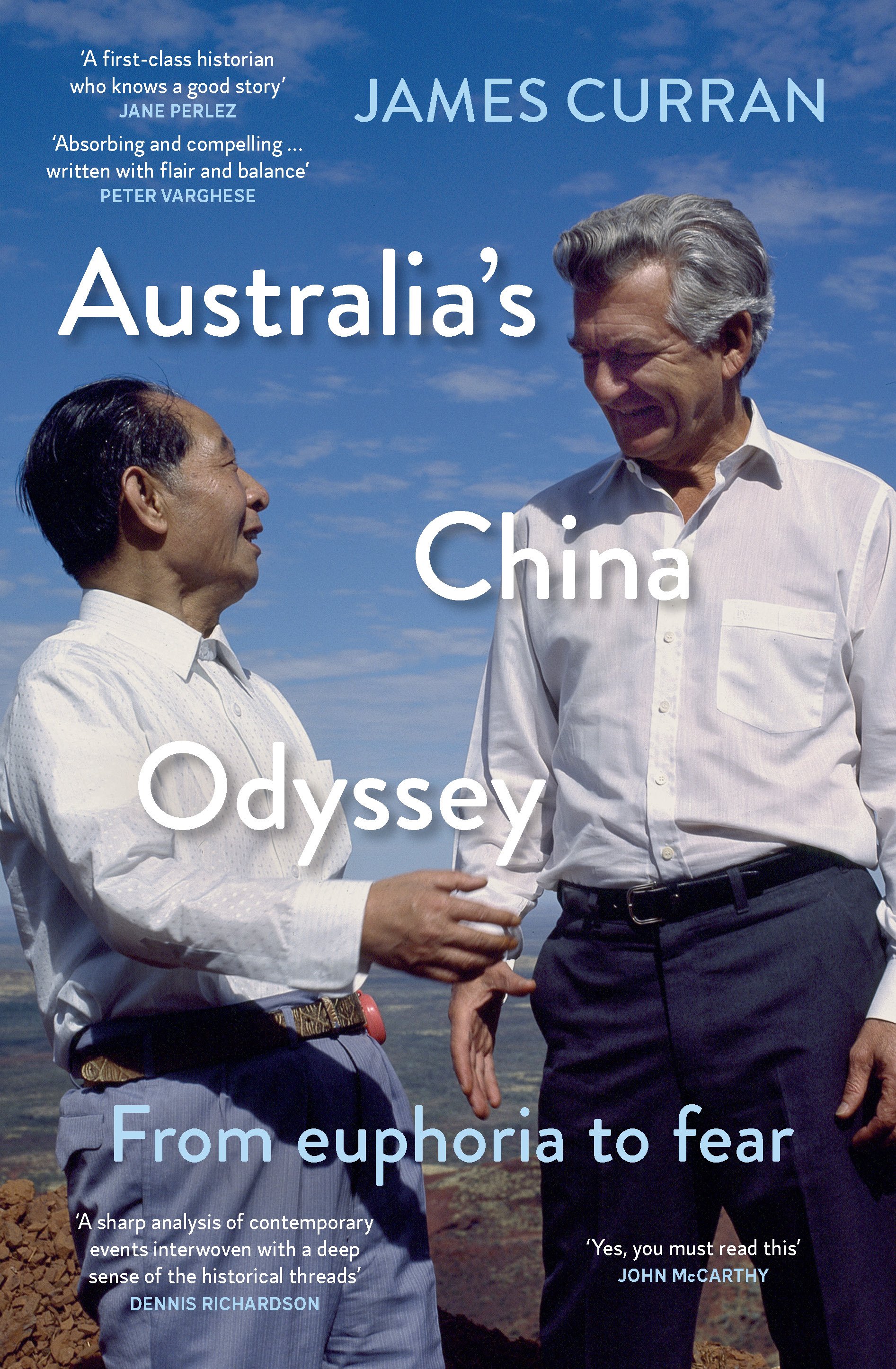 Australia's China Odyssey: From euphoria to fear by James Curran
Australia's China Odyssey: From euphoria to fear by James Curran
2022 has seen some impressive publications in Australian history, so much so that I can’t keep up with them! Of those I have managed to read, Frank Bongiorno’s Dreamers and Schemers stands out for its compelling narrative and the breadth of its scholarship. In Elizabeth and John, Alan Atkinson manages like no one else before him to recreate the private and public worlds of Elizabeth and John Macarthur. Anna Clark’s Making Australian HistoryMaking Australian HistoryMaking Australian HistoryMaking Australian History broadens our understanding of what Australian history can be, both on and off the page, while James Curran’s Australia’s China Odyssey: From euphoria to fear (NewSouth, 8/22) is essential reading for anyone hoping to understand the historical context of Australia’s relationship with Xi Jinping’s China.
Mindy Gill
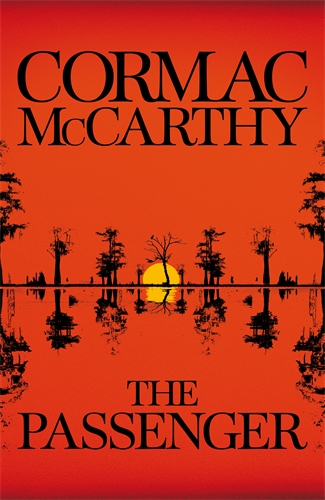 The Passenger by Cormac McCarthy
The Passenger by Cormac McCarthy
I don’t know how to summarise Cormac McCarthy’s The Passenger, but I do know that I’d follow its protagonist, Bobby Western, and McCarthy’s sentences, anywhere. The novel – his first in sixteen years – is dense, mercurial, and told almost entirely through Western’s conversations with other salvage divers he works with, the people he drinks with; with waitresses and policemen and the acquaintances he’s known for a day or a decade. The opening chapter of The Passenger is written entirely in italics, and begins with the line: ‘It had snowed lightly in the night and her frozen hair was gold and crystalline and her eyes were frozen cold and hard as stones.’ I opened this book and wanted immediately to bring it home. You might feel the same.
Joel Deane
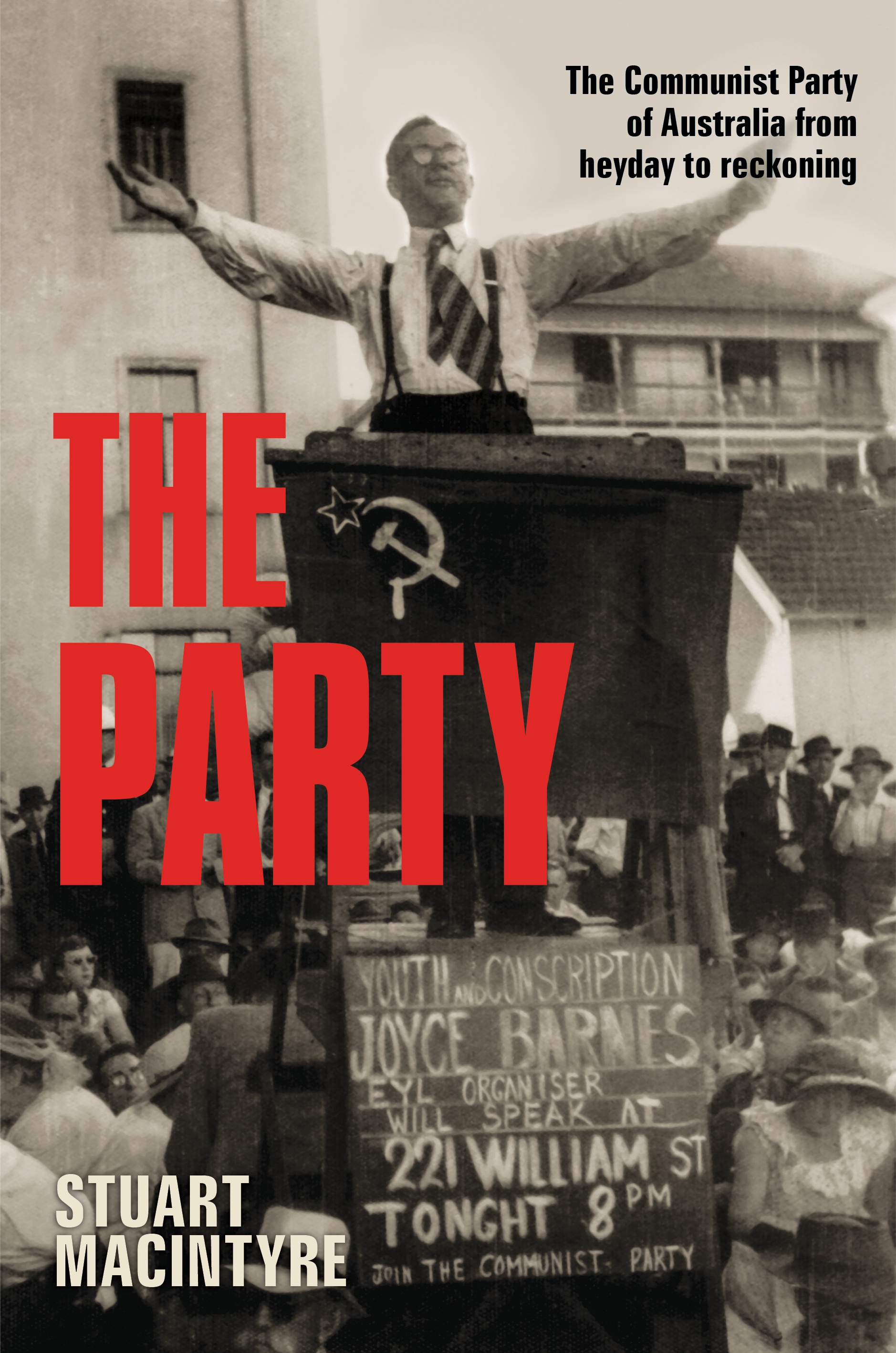 The Party: The Communist Party in Australia from heyday to reckoning by Stuart Macintyre
The Party: The Communist Party in Australia from heyday to reckoning by Stuart Macintyre
As each generation dies, their wisdom dies with them. That’s one of the reasons why we’re seeing such a resurgence of the dark forces – fascism, populism, anti-Semitism – that caused so much carnage in the 1930s and 1940s. And that’s why stories matter: because they connect us to one another and the past by telling us who we are, how we got here, and where we’re headed. All of which is why the death of historian Stuart Macintyre in November 2021 was such a loss. Thankfully, Macintyre left us a wise and humane gift, The Party: The Communist Party in Australia from heyday to reckoning (Allen & Unwin, 4/22). It’s an important book. In fiction, I greatly enjoyed The Diplomat, Chris Womersley’s scabrous take on 1990s Melbourne, as well as Kay Dick’s rediscovered dystopian masterpiece, They (1977). In poetry, I keep reading and rereading another wise work: Lisa Gorton’s Mirabilia: New poems (Giramondo, 10/22).
Felicity Plunkett
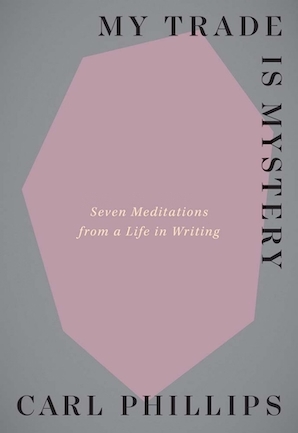 My Trade is Mystery: Seven meditations from a life in writing by Carl Phillips
My Trade is Mystery: Seven meditations from a life in writing by Carl Phillips
Kaveh Akbar’s The Penguin Book of Spiritual Verse: 110 poets on the divine (Penguin) offers a ‘modest study’ of doubt, the divine and the ‘wide mysterious gulfs’ between them. Work by poets including Oodgeroo Noonuccal, Paul Celan, Hafez, Li Po, and Virgil is woven with Akbar’s quiet, striking commentary. Poet Carl Phillips’s My Trade Is Mystery: Seven meditations from a life in writing (Yale University Press) follows his non-fictional work on daring and imagination into a nuanced and luminous ‘show of respect for mystery’, brushing the limits of the knowable to consider ‘how to live as a writer’. Gillian Sze’s Quiet Night Think (ECW Press) is named after a literal translation of the title of a Li Bai poem. Slivers of poetry and prose gather to meditate on spaciousness: the mother–writer’s quest for opportunities to think, gaps in the ‘fractured dialects I grew up with’, necessary silence and creative hesitance.
Tony Hughes-d’Aeth
I was really taken with two significant contributions to Australian literary studies this year. The first was Judith Wright: Selected writings, expertly edited and introduced by Georgina Arnott. Without ever losing its moral gravity, Wright’s prose sparkles with insight and prescience. I also really loved Roger Osborne’s fine study The Life of Such Is Life: A cultural history of an Australian classic (Sydney University Press, 8/22). Such Is Life is the Tristram Shandy of the Bulletin School, with its updrafts of wry abstraction that presage Gerald Murnane. Finally, and admitting to a smidge of hometown bias, I genuinely think the joint winners of last year’s Dorothy Hewett Prize (I was a judge) are both electric new voices in Australian writing. Kgshak Akec’s Hopeless Kingdom (UWAP) is a powerful mother–daughter story that opens up the Australian-African experience. Josh Kemp’s Banjawarn (UWAP, 4/22) brings a scintillating prose to the outback gothic. It came as no surprise that Banjawarn has recently picked up a Ned Kelly award.
Geordie Williamson
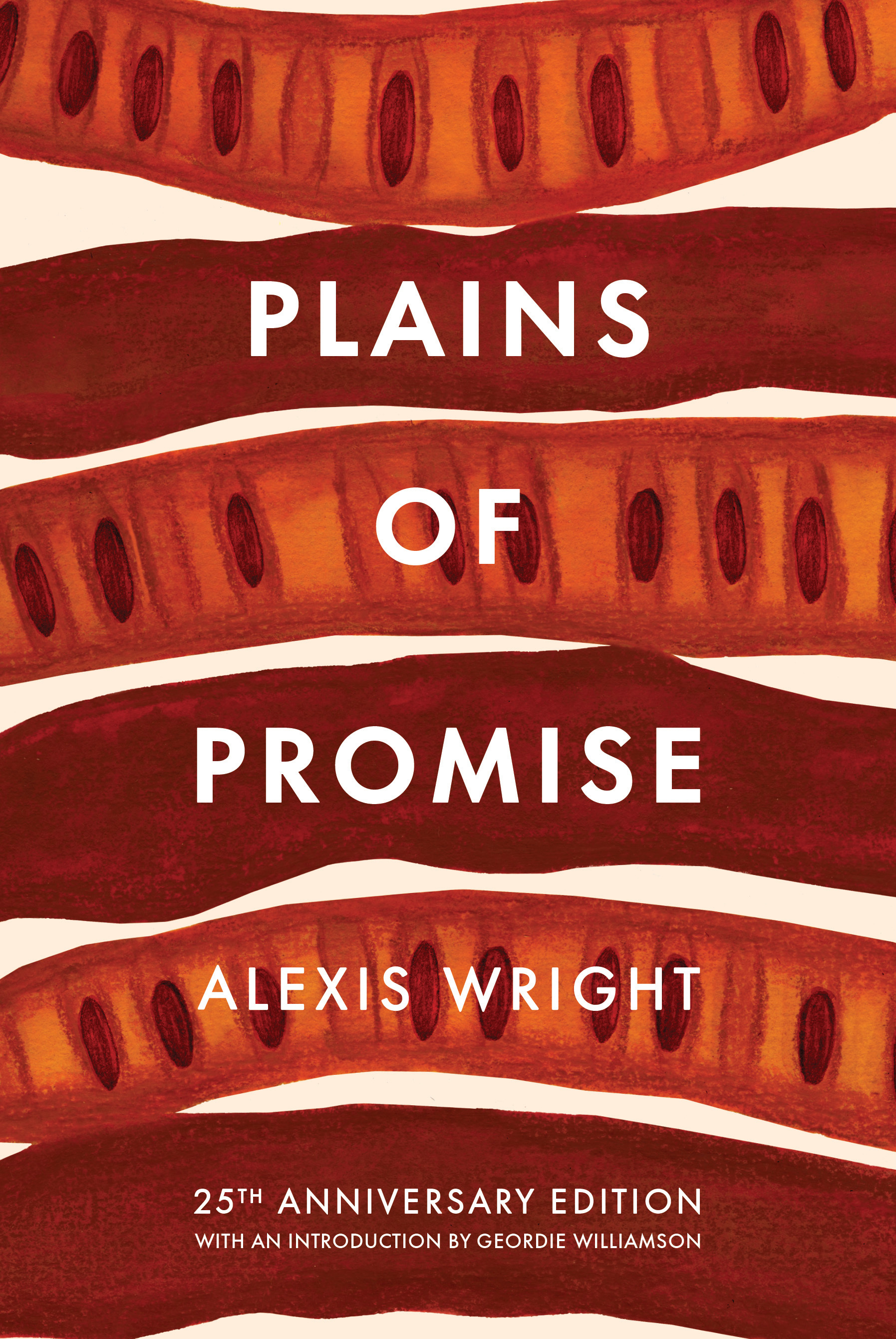 Plains of Promise by Alexis Wright
Plains of Promise by Alexis Wright
Despite its forbidding length, Jon Fosse’s Septology (Giramondo) – the Norwegian author’s meditation on art, religion, love, and life – is the reading equivalent of settling into a float tank. Time and space dissolve in its pages, characters melt into one another, narrative loops and folds like a Möbius strip. It helps in this regard that the former teacher of Karl Ove Knausgaard chooses not to employ full stops throughout the texts, a self-imposed restraint which should feel like an Oulipian gimmick, but instead frees the narrative to pulse, rhythmically, in all directions at once. Anna Clark’s Making Australian History suggests that traditional Western templates for historiography aren’t always fit for purpose in colonial and postcolonial contexts. Her calm, measured, humane argument grounds itself in the idea that history-making has a deeper record on this continent than most of us can imagine. The result is a bracing work of intellectual reconfiguration. Finally, a cheat: the twenty-fifth anniversary reissue of Alexis Wright’s Plains of Promise (UQP) reminds us how much resistance the inherited form of the novel first offered the author who would give us Carpentaria and The Swan Book. In these pages, you can feel Wright testing the limits of approved style and narrative form, looking for cracks where her imagination might find purchase or push through. Thrilling are those moments when Wright first permits her big-sky aesthetic to unfurl. It is as if the unimpeded poetry of Country finally overwhelmed its banks and flooded across the page.
Morag Fraser
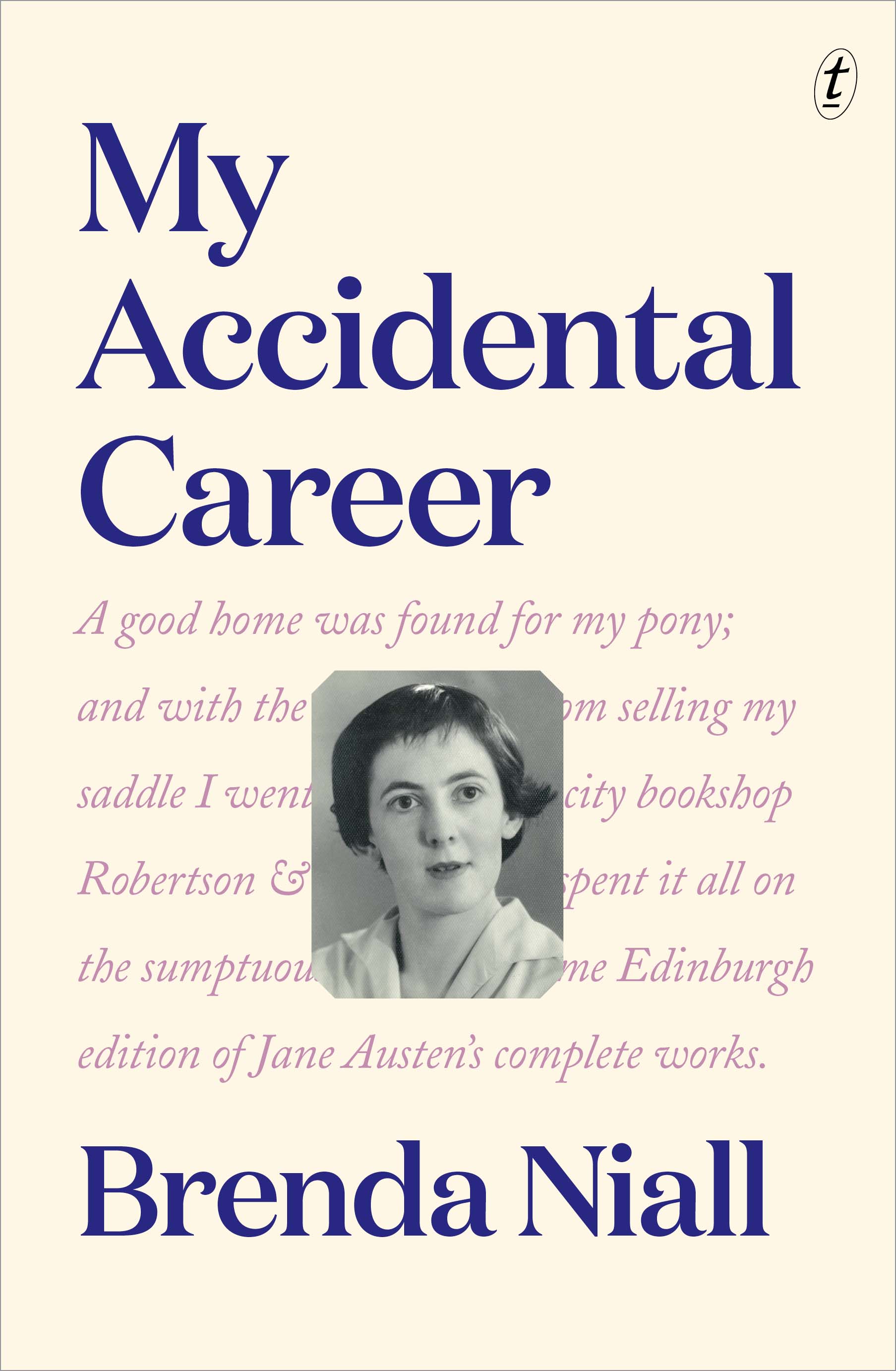 My Accidental Career by Brenda Niall
My Accidental Career by Brenda Niall
I found Brenda Niall’s My Accidental Career (Text, 4/22) a moving and gratifyingly positive account of academic life for a woman in mid-century Australia. It is also a fascinating study of the making of a writer out of a character both diffident and determined. Curiosity helped. So did a honed mind, loyal friends, and loving encouragement. Jim Davidson’s Emperors in Lilliput, a double-headed study of Clem Christesen and Stephen Murray-Smith, titans of Australian letters, was a visual pleasure and bracing to read – how tumultuous were their political and literary times! And how important that they should be chronicled by an eloquent historian who was a player himself. The National Gallery and the Art Gallery of South Australia mounted two outstanding exhibitions this year: Jeffrey Smart’s paintings at the NGA, and Pure Form, Japanese Sculptural Ceramics, in Adelaide. The exhibitions were revelatory, and their catalogues more than mere adjuncts – beautifully written, illuminating reminders.
Gregory Day
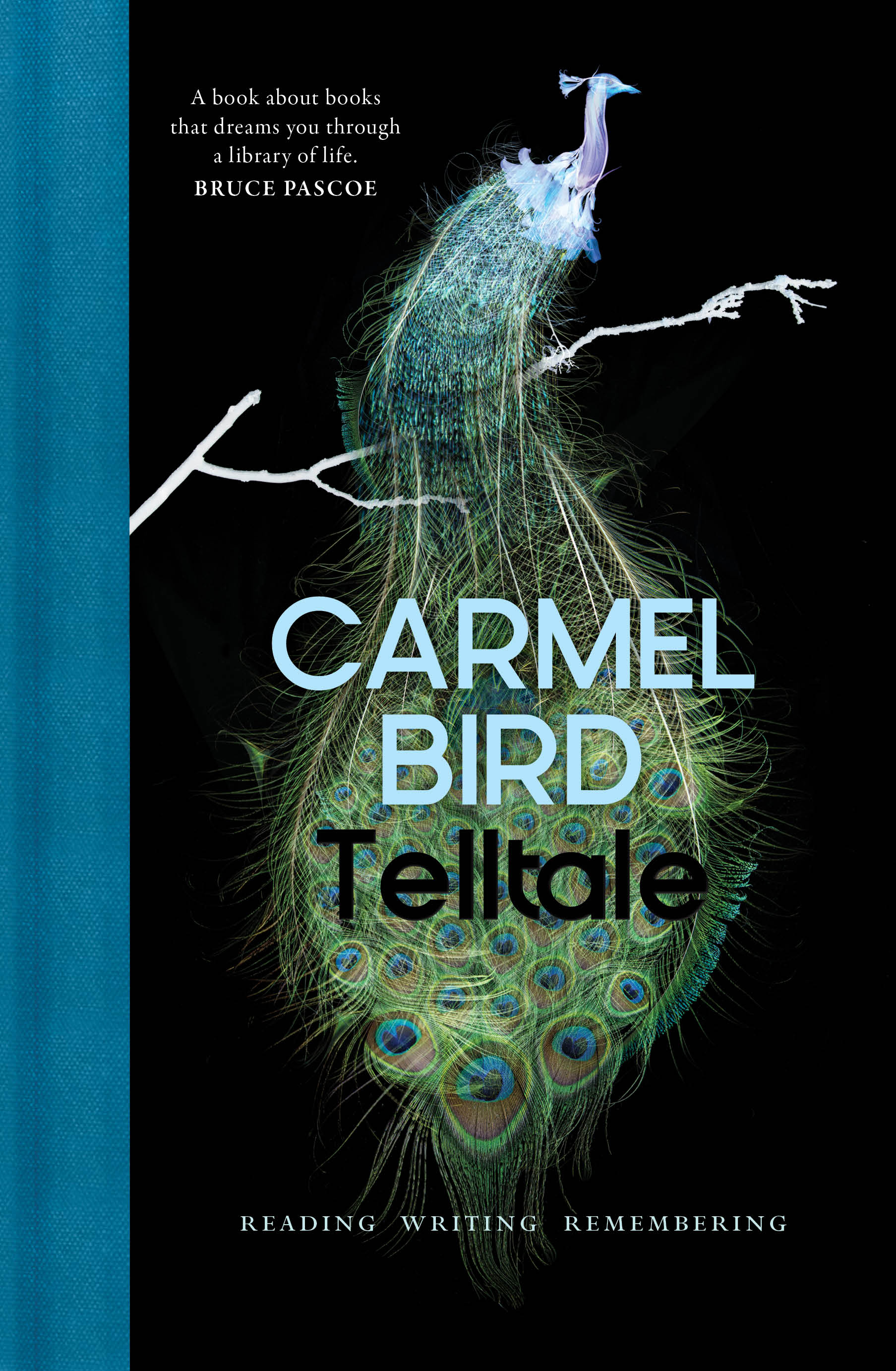 Telltale: Reading writing remembering by Carmel Bird
Telltale: Reading writing remembering by Carmel Bird
In Claire Keegan’s Small Things Like These, a village coal purveyor, Bill Furlong, struggles to find a way to wholeness amid the menacing Catholic shadows of 1980s Ireland. This novel has Keegan’s signature diamond-cut brevity and, with a nod to Dickens, carries the most moving kind of social portraiture. Diane Glancy’s A Line of Driftwood: The Ada Blackjack story (Turtle Point Press) recomposes the epic life of a young Inupiat woman through an artfully balanced mixture of verse and archival documents. Over the years, Glancy has become one of the American First Nations writers whose work I love the most, though she remains largely unread in this country, possibly due to her overt Christianity. Carmel Bird, however, is well known to us, and now even more so after her memoir, Telltale: Reading writing remembering (Transit Lounge, 9/22). I loved Telltale for its teeming immersiveness and its haunting yet loving portrait of the author’s childhood in Launceston.
James Bradley
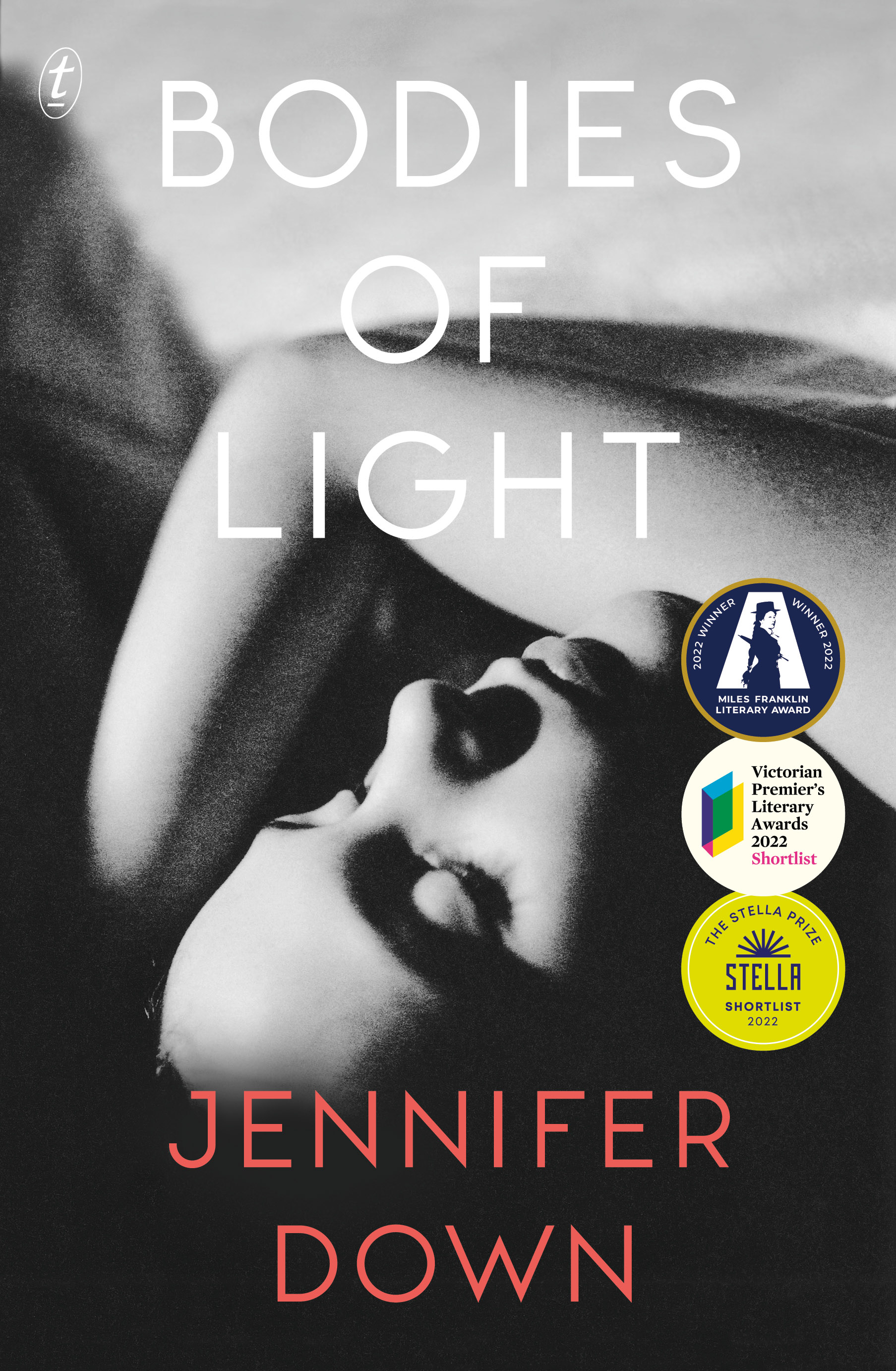 Bodies of Light by Jennifer Down
Bodies of Light by Jennifer Down
2022 was a slightly messy year of reading for me, but two of its highpoints came early, and were also hangovers from 2021: Jennifer Down’s immensely accomplished and deeply empathetic Bodies of Light (Text, 10/21), and Tony Birch’s wonderful book of poetry, Whisper Songs (UQP), which negotiates the intersection of personal loss and historical truth with incredible intelligence and power. I also hugely admired Karlie Noon and Krystal De Napoli’s entry in Thames & Hudson’s First Knowledges series, Astronomy: Sky Country, which uses the personal narratives of the authors to explore not just the sophistication of Indigenous celestial knowledge, but also its deep significance to cultural continuity and caring for Country. On the international fiction front, I loved the exploding narrative and formal high jinks of Jennifer Egan’s The Candy House (Corsair, 5/22), Jonathan Escoffery’s fascinating exploration of race, migration, and economic precarity, If I Survive You (Fourth Estate), and Daisy Hildyard’s thrilling exploration of entanglement and interconnection, Emergency (Fitzcarraldo Editions).
James Ley
Orhan Pamuk’s mighty historical novel Nights of Plague (Hamish Hamilton) stands out for its sheer scope and imaginative richness. Set in 1901 on a fictional Mediterranean island, it combines the broad-canvas satisfactions of the nineteenth-century novel with some of the conventions of detective fiction, its timely themes and political intrigues expanding into a meditation on the issues of secularism, cultural identity, and nationhood. I also appreciated Adam Ouston’s Waypoints (Splice, 8/22), an appealing short novel written in long, fluid, circumlocutory sentences that betray the influence of a certain strand of European modernism, but which have a distinctly Australian inflection. Organised around the story of the narrator’s attempt to recreate Harry Houdini’s failed attempt in 1910 to become the first person to achieve a piloted flight in Australia, the novel’s philosophical musings on all manner of topics present a winning combination of dark humour and formal ambition.



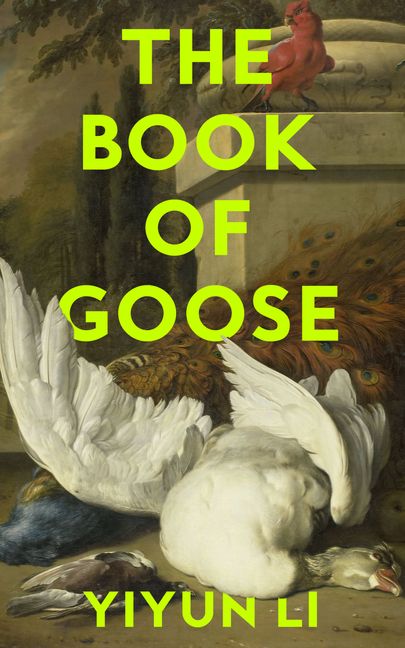
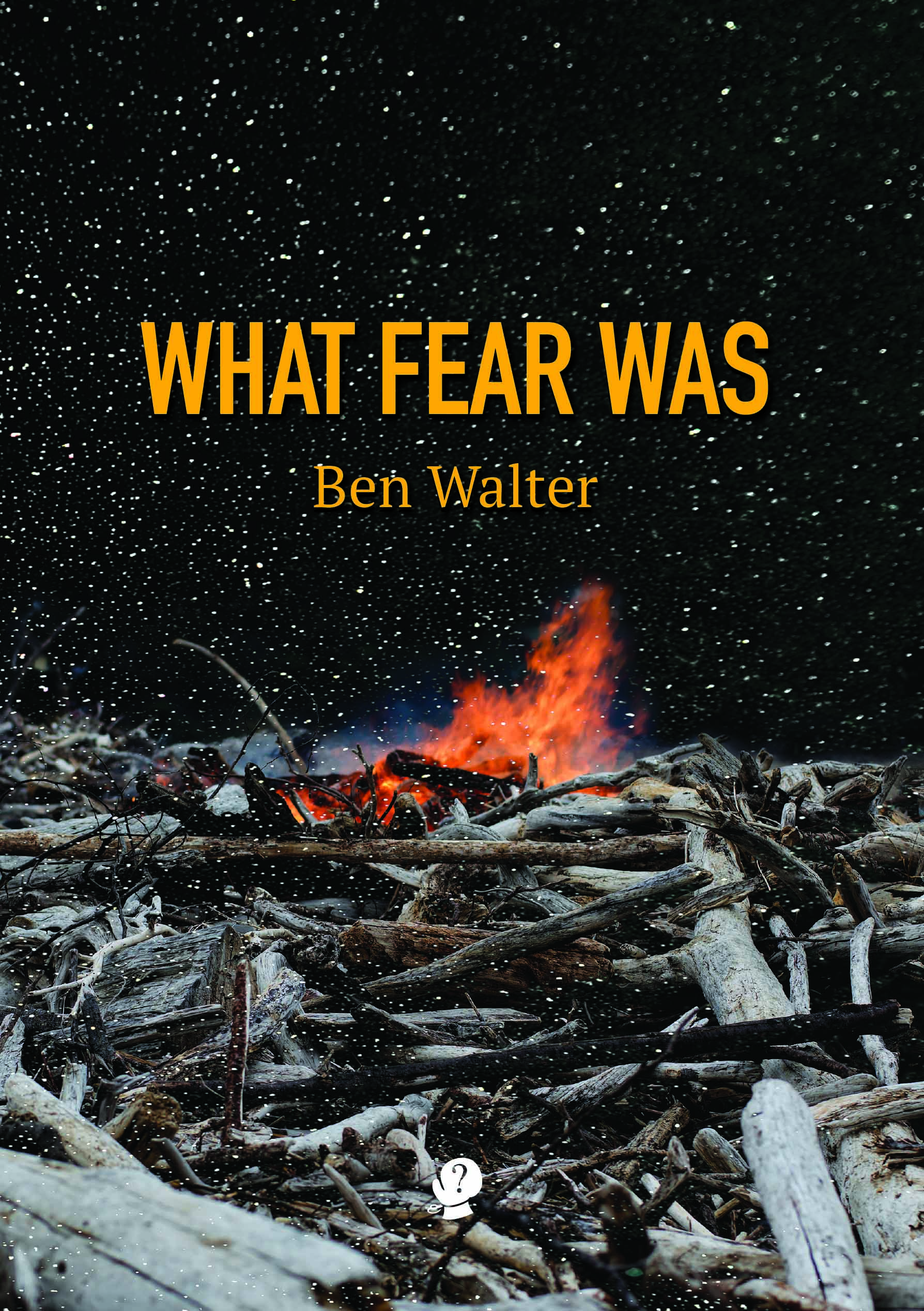

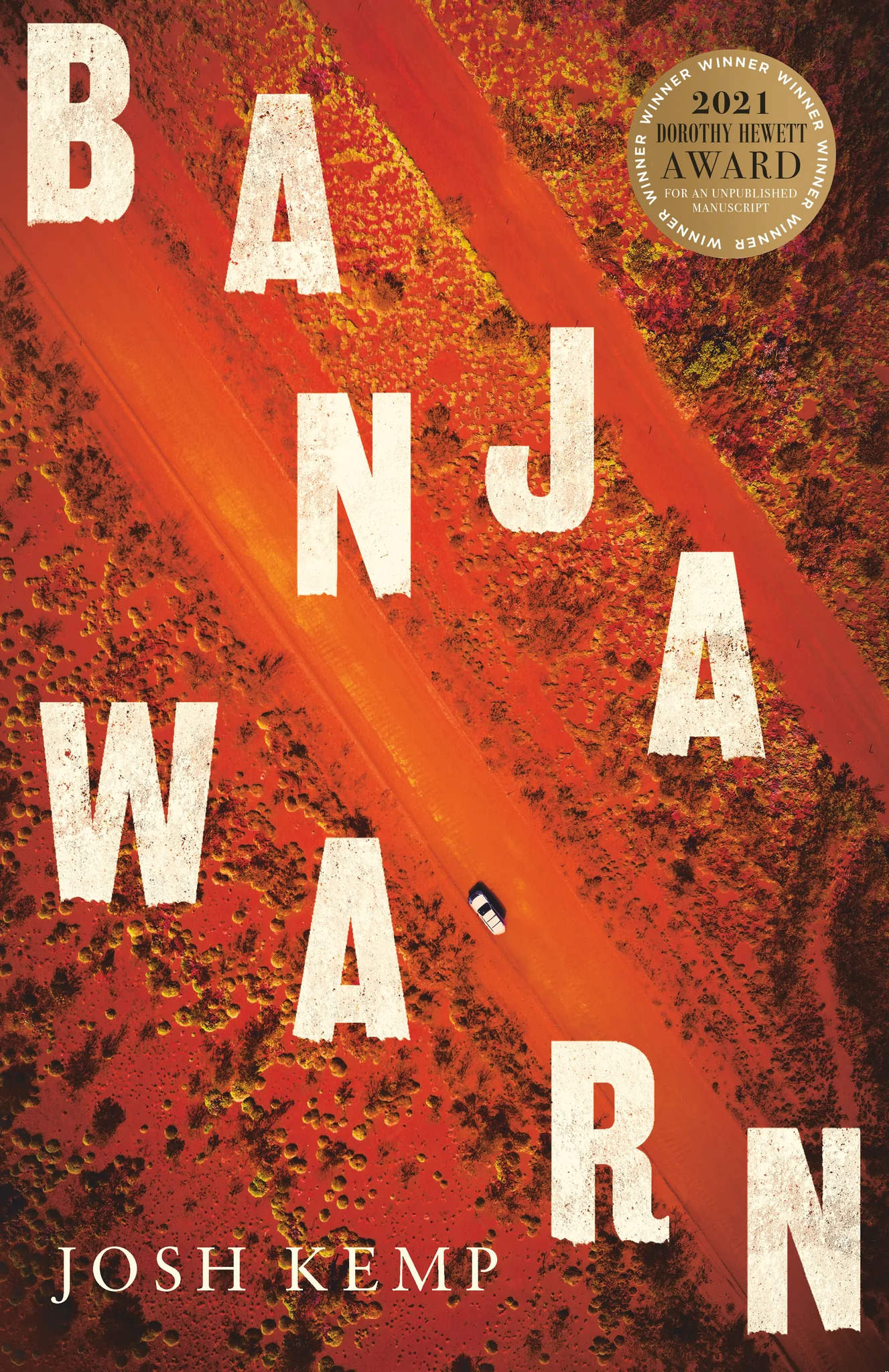
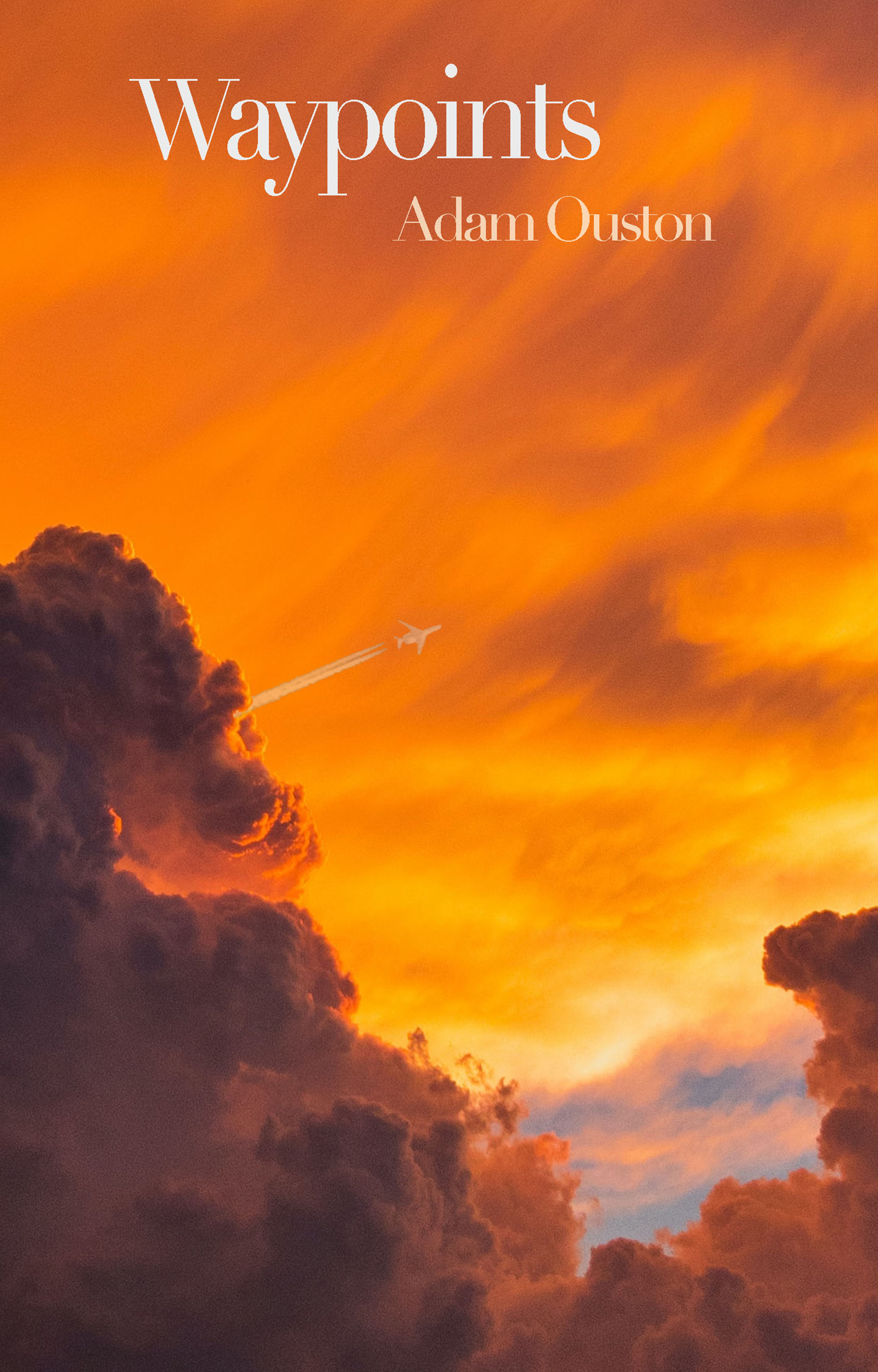
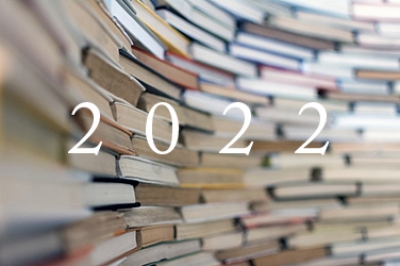
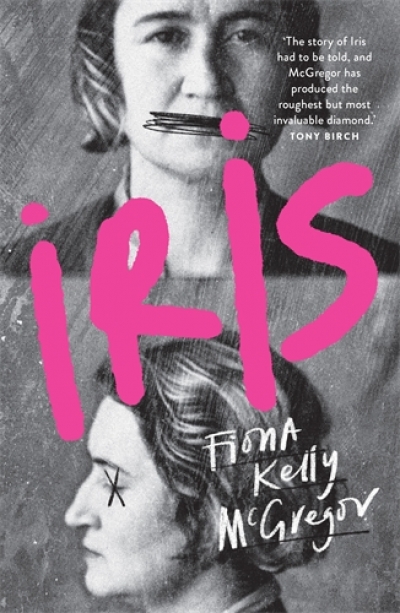
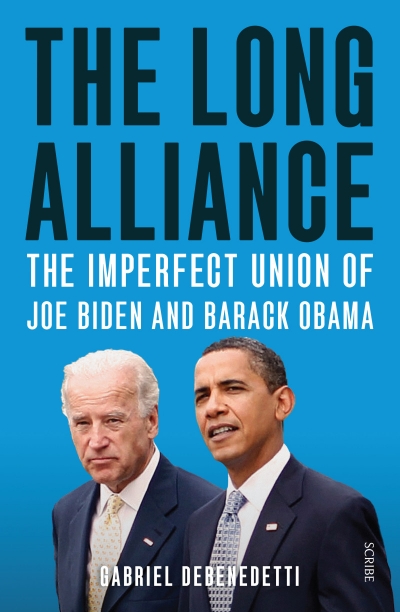
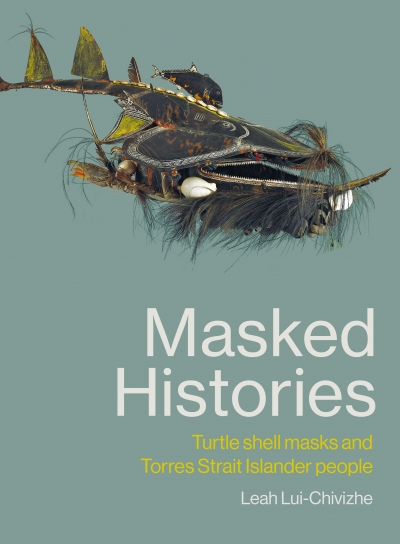
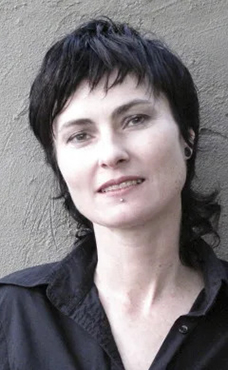
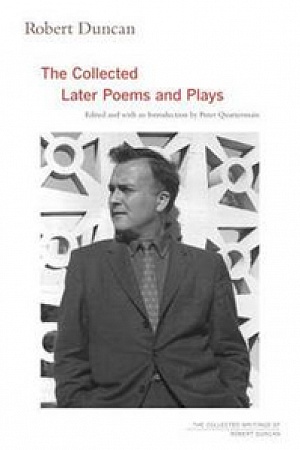



Leave a comment
If you are an ABR subscriber, you will need to sign in to post a comment.
If you have forgotten your sign in details, or if you receive an error message when trying to submit your comment, please email your comment (and the name of the article to which it relates) to ABR Comments. We will review your comment and, subject to approval, we will post it under your name.
Please note that all comments must be approved by ABR and comply with our Terms & Conditions.